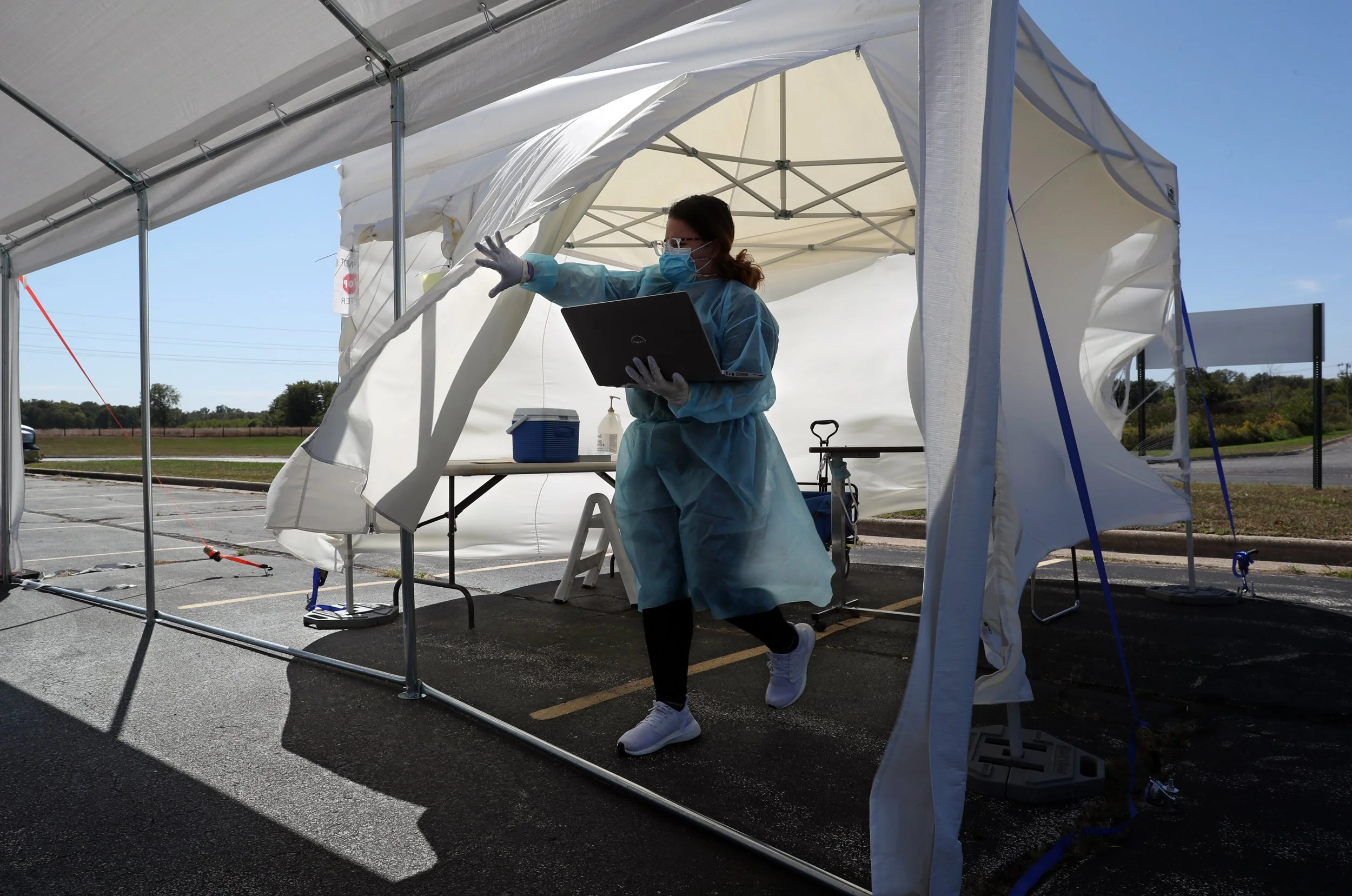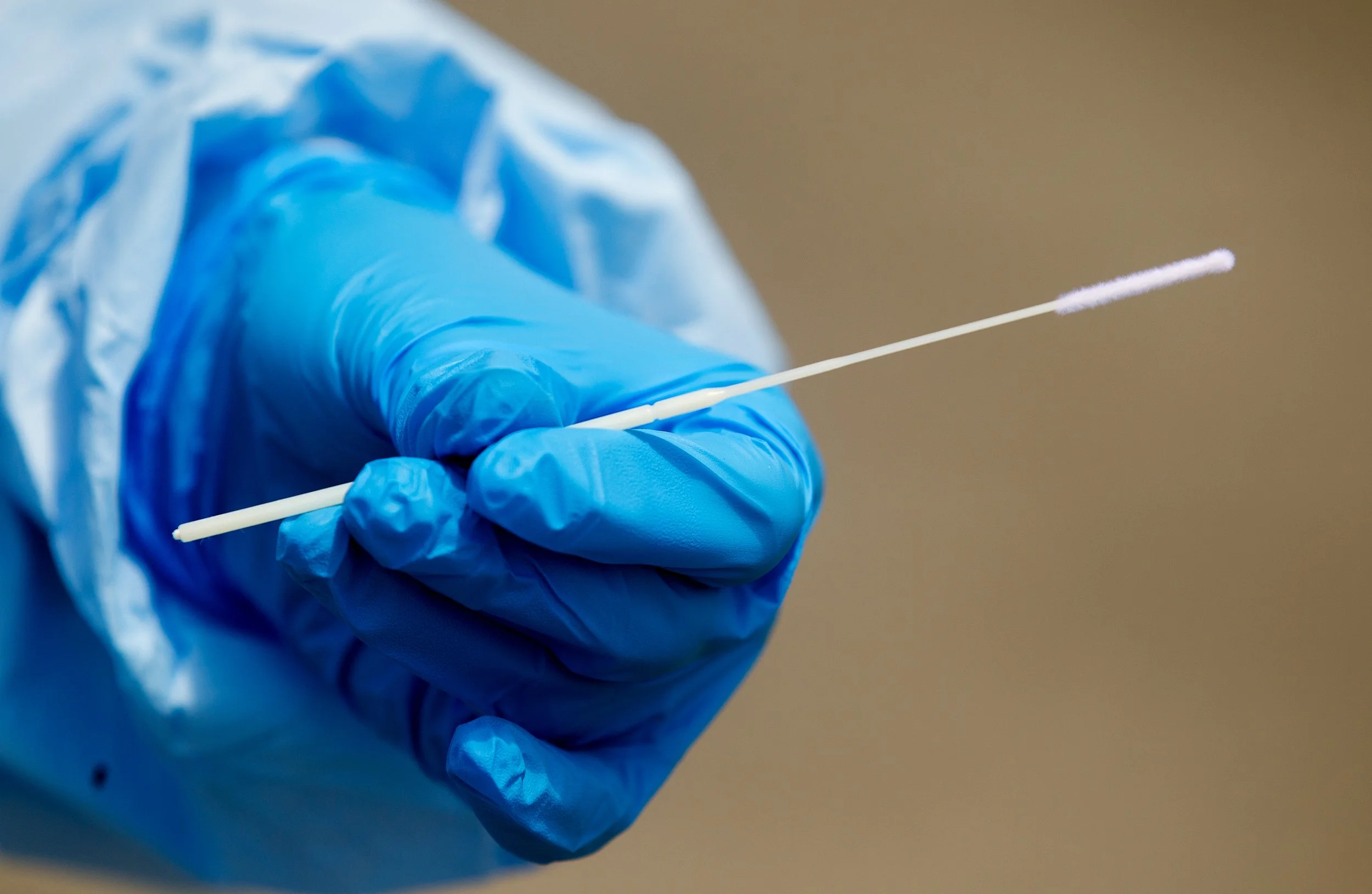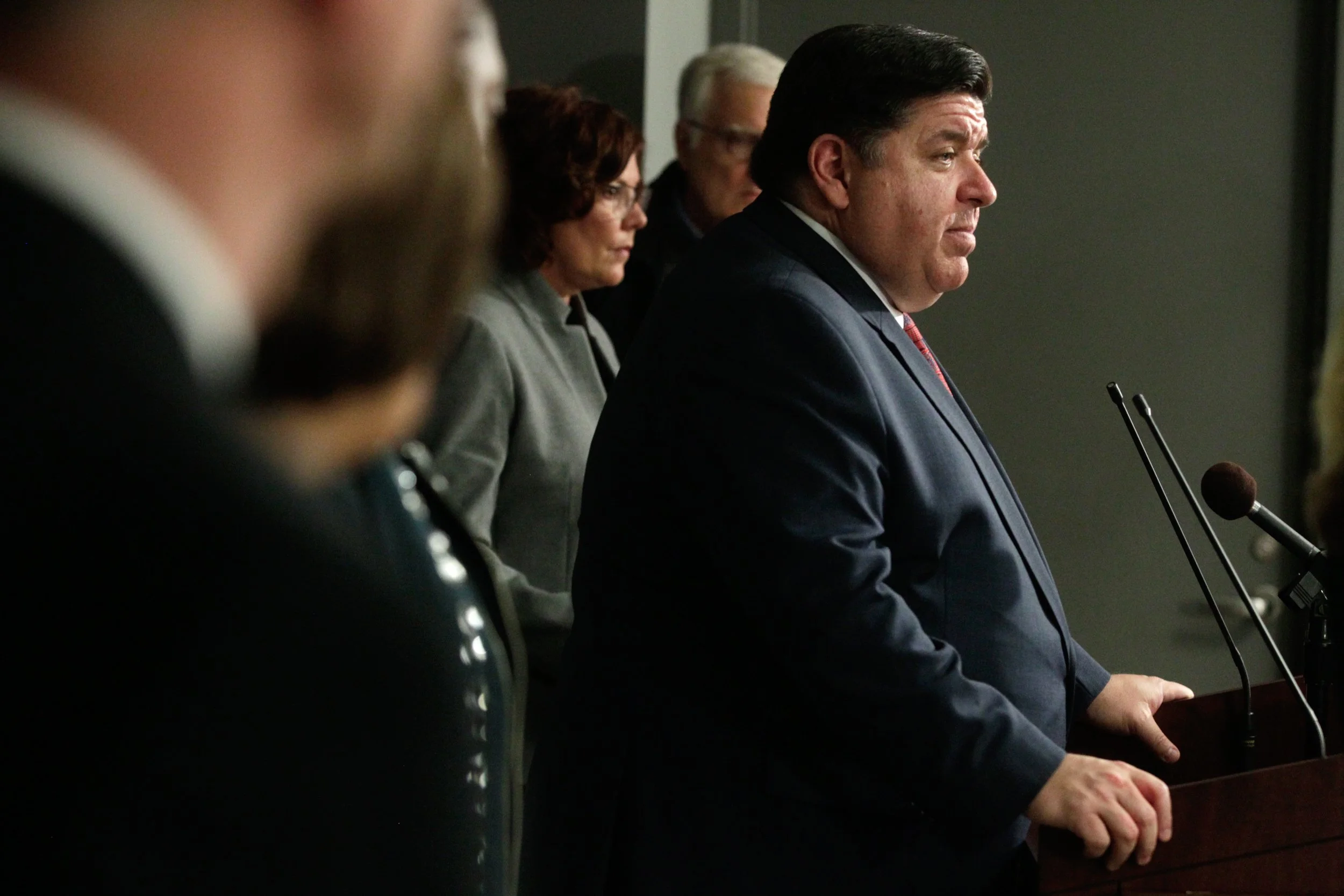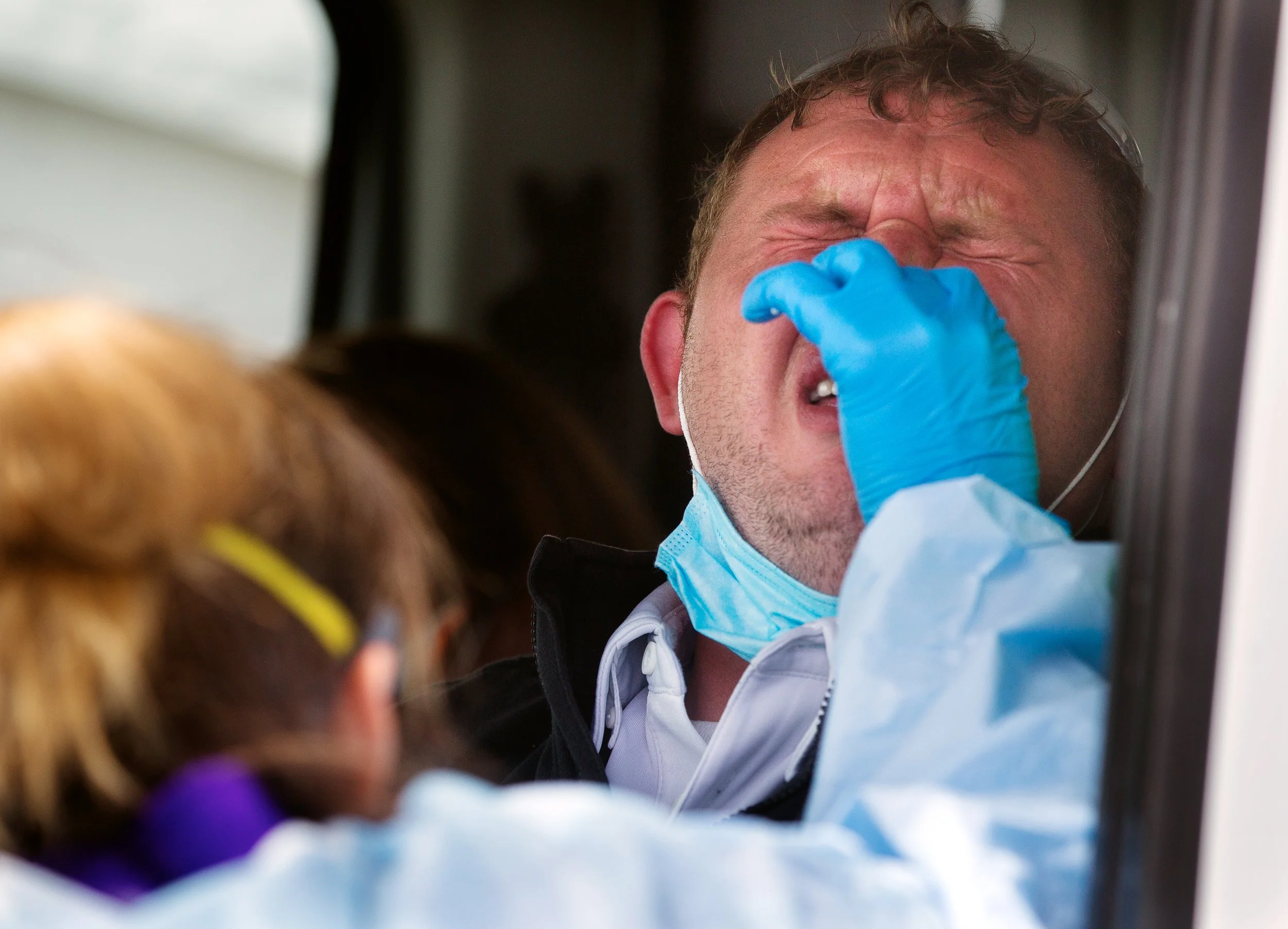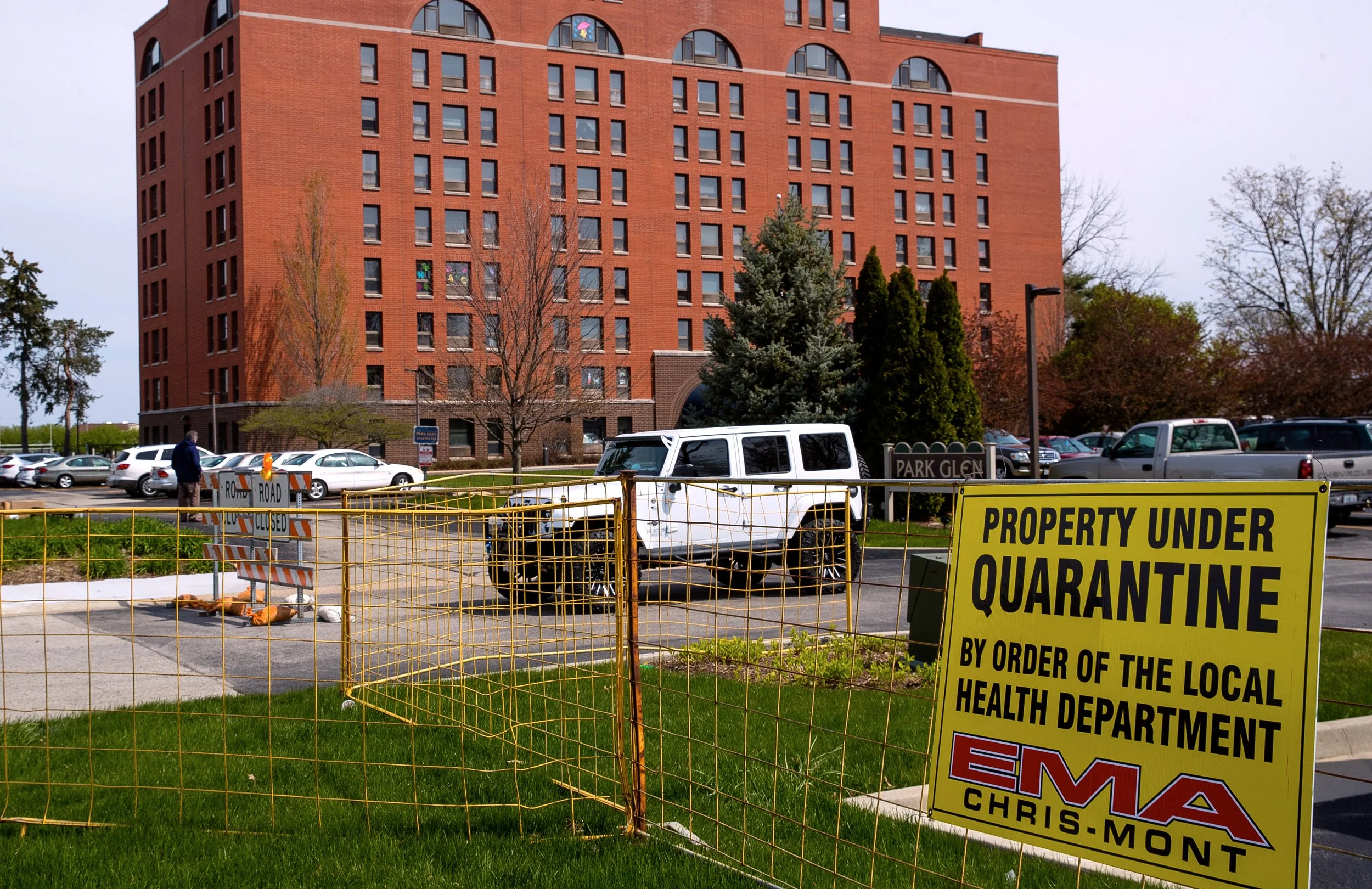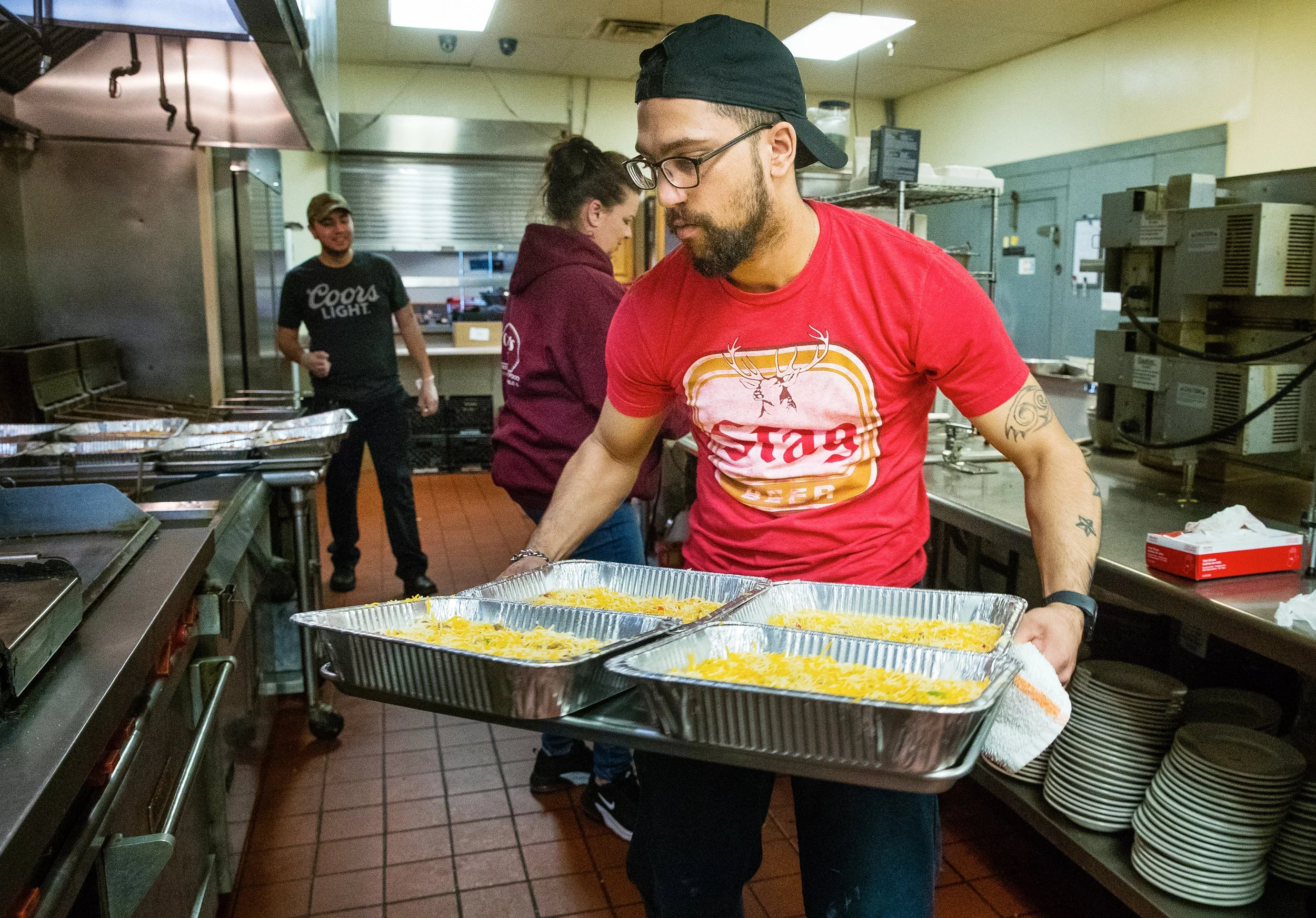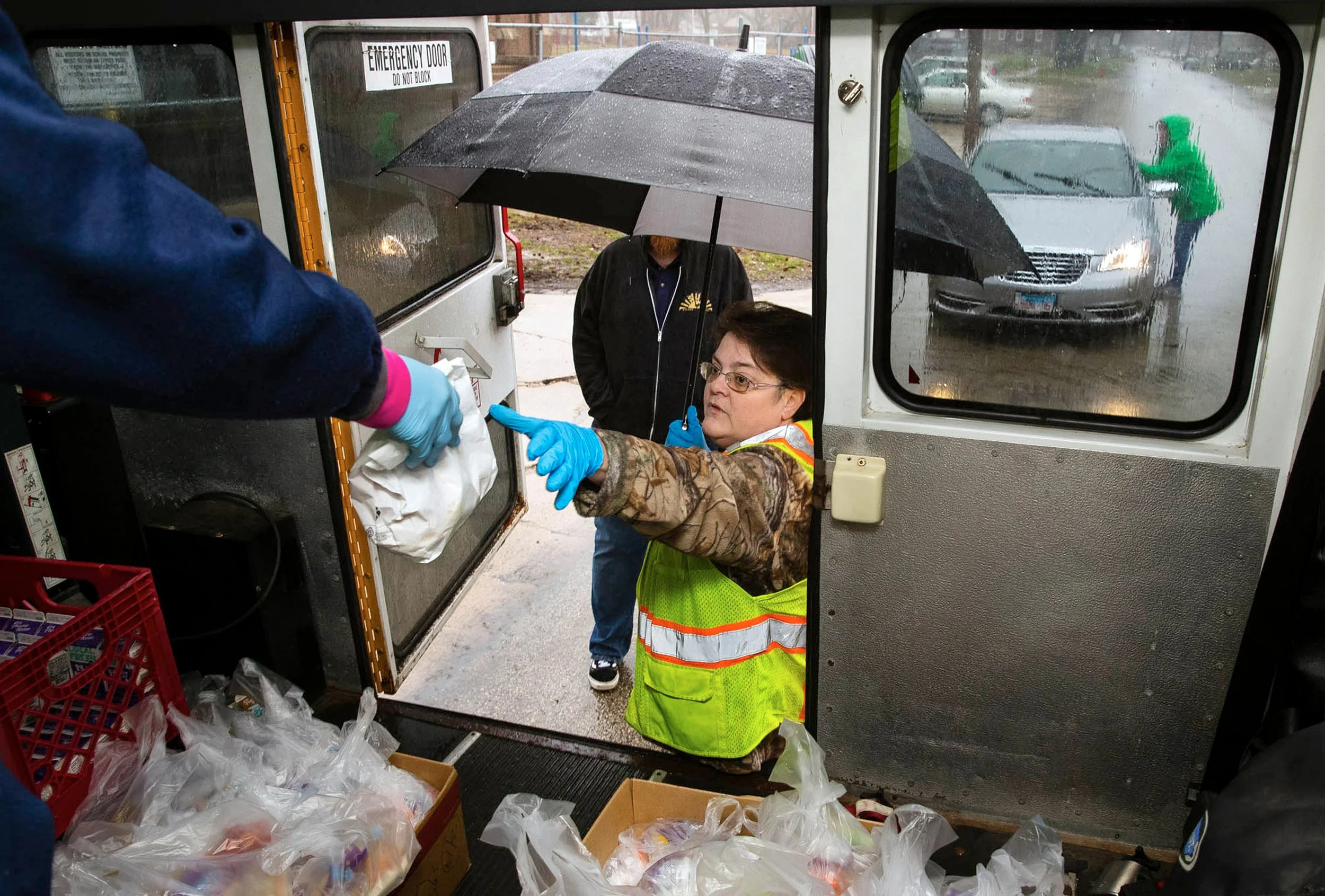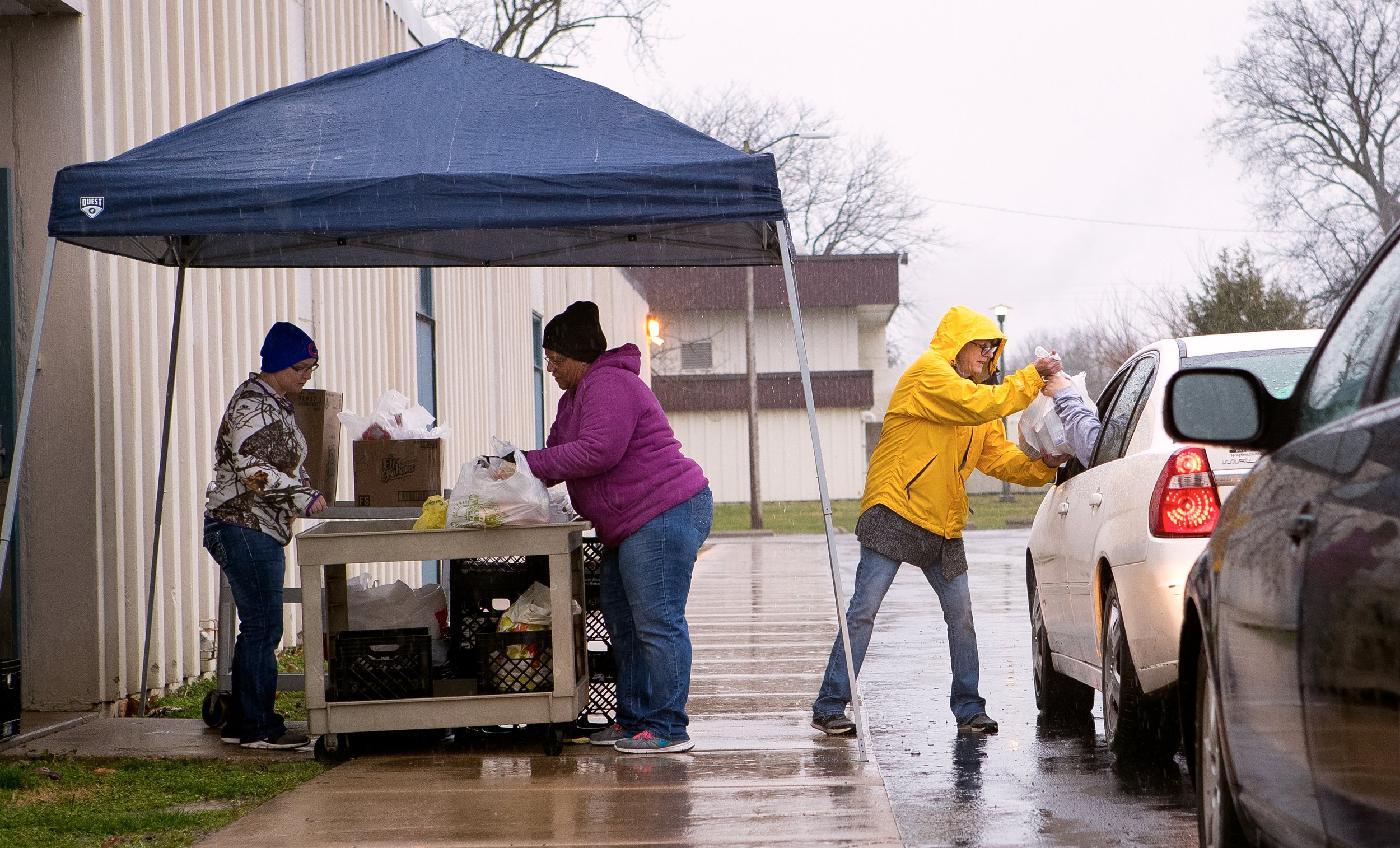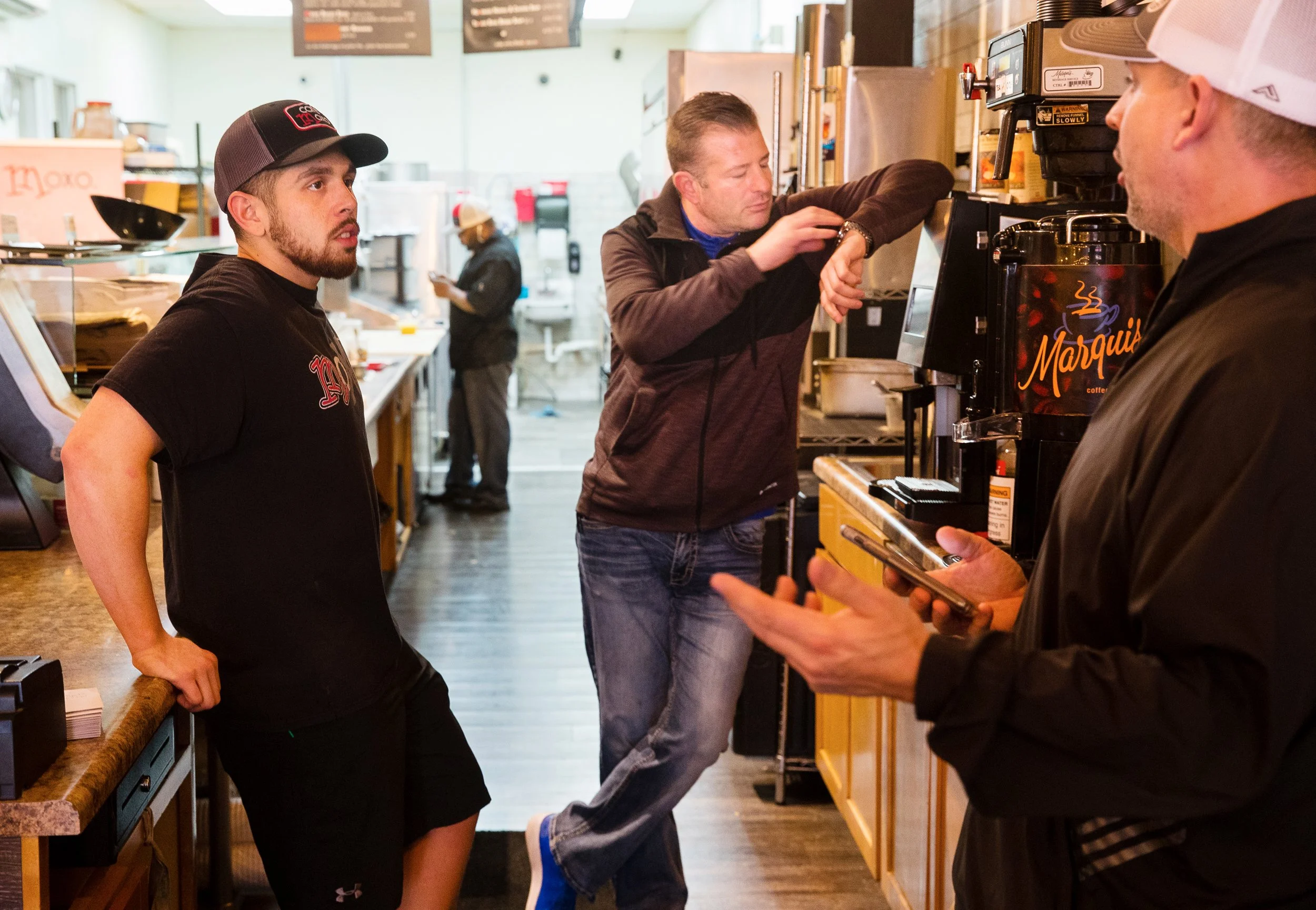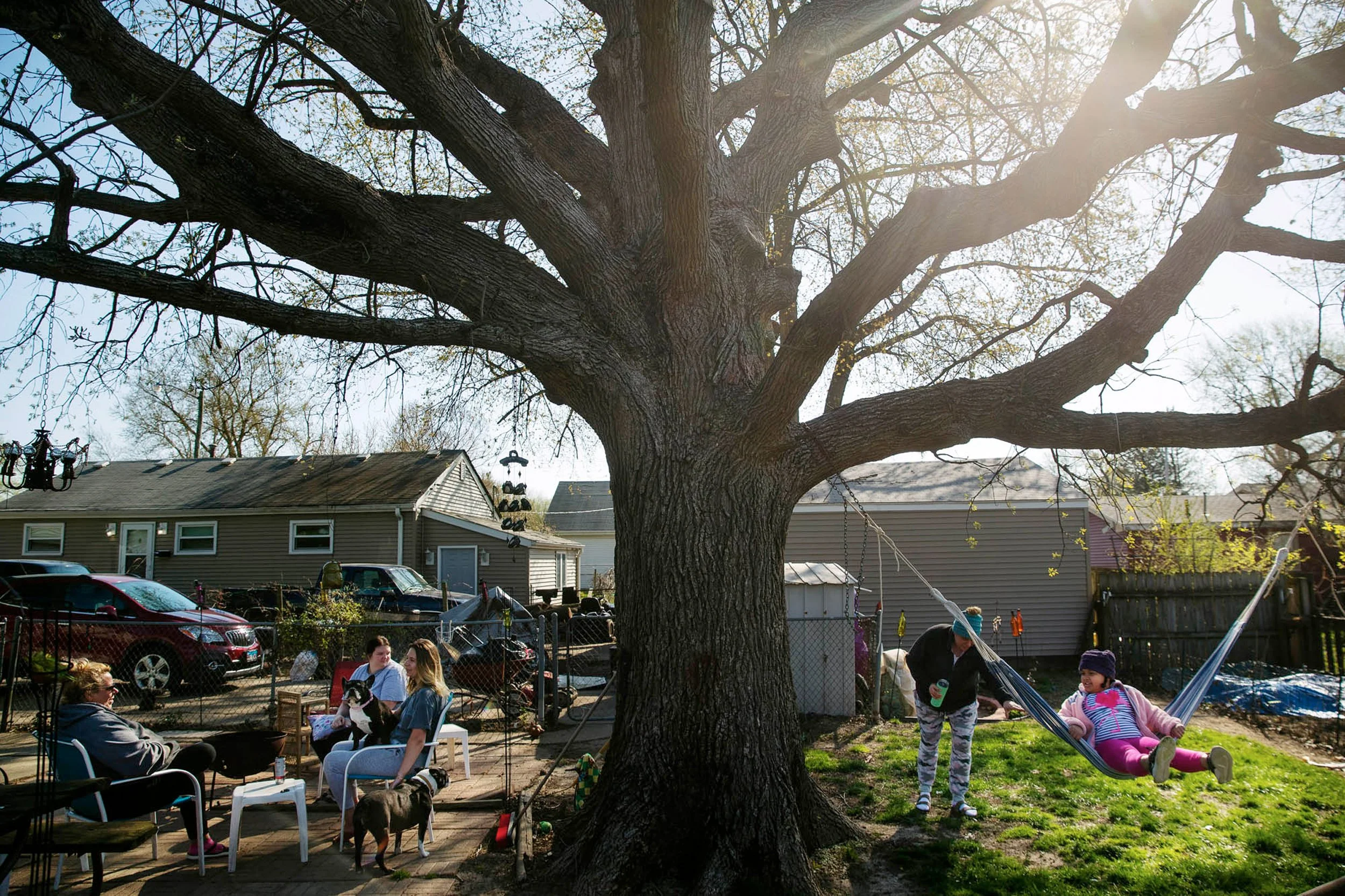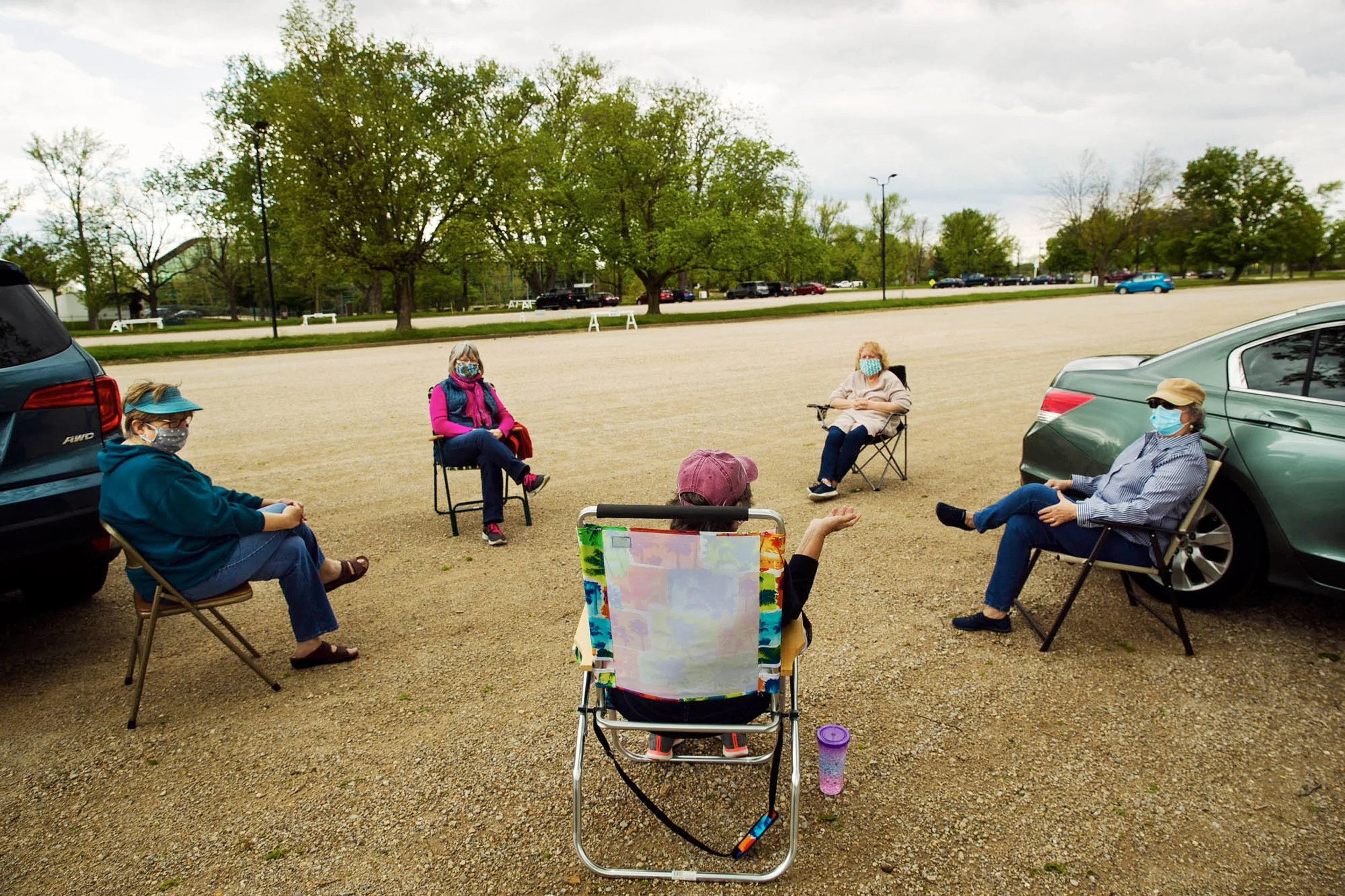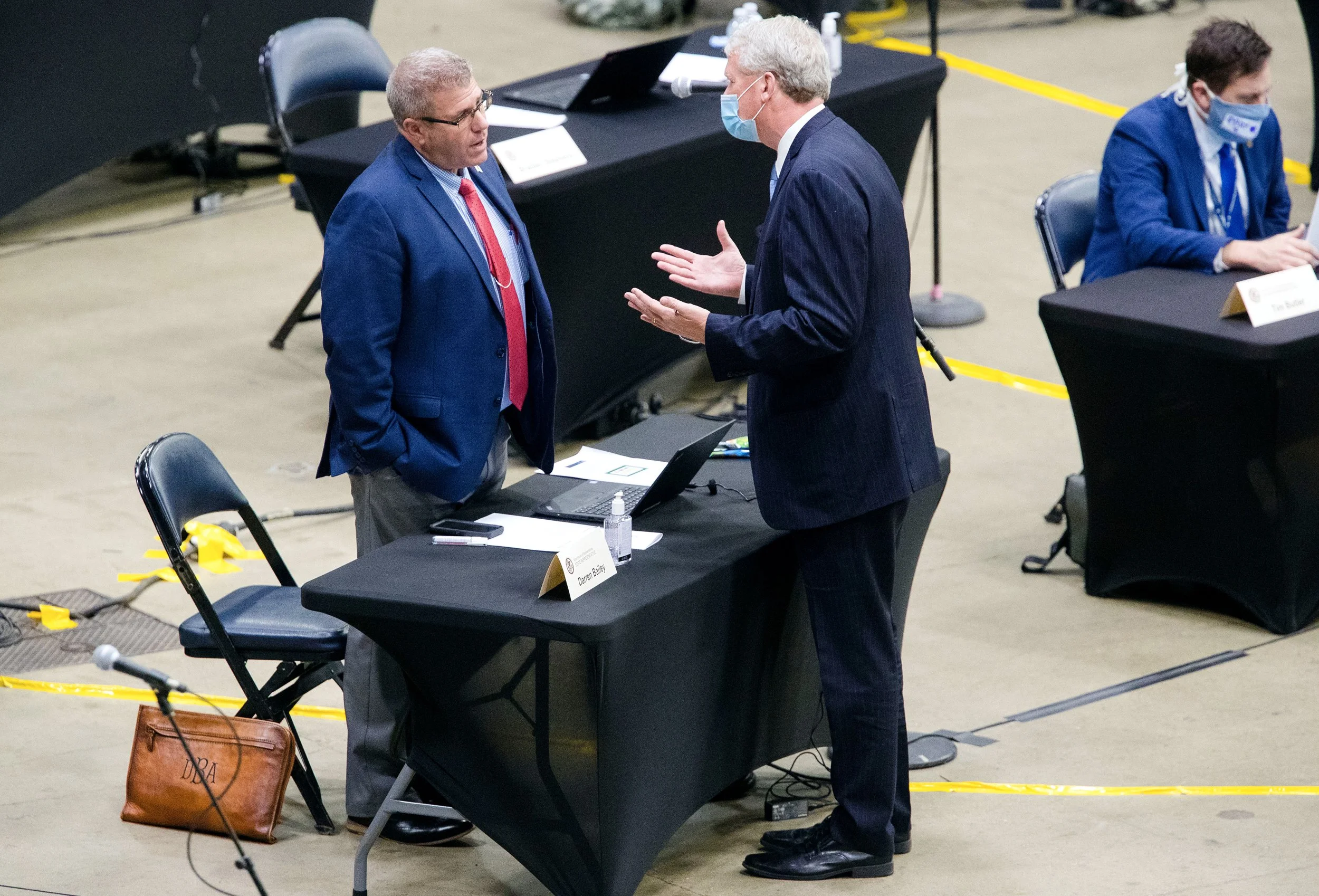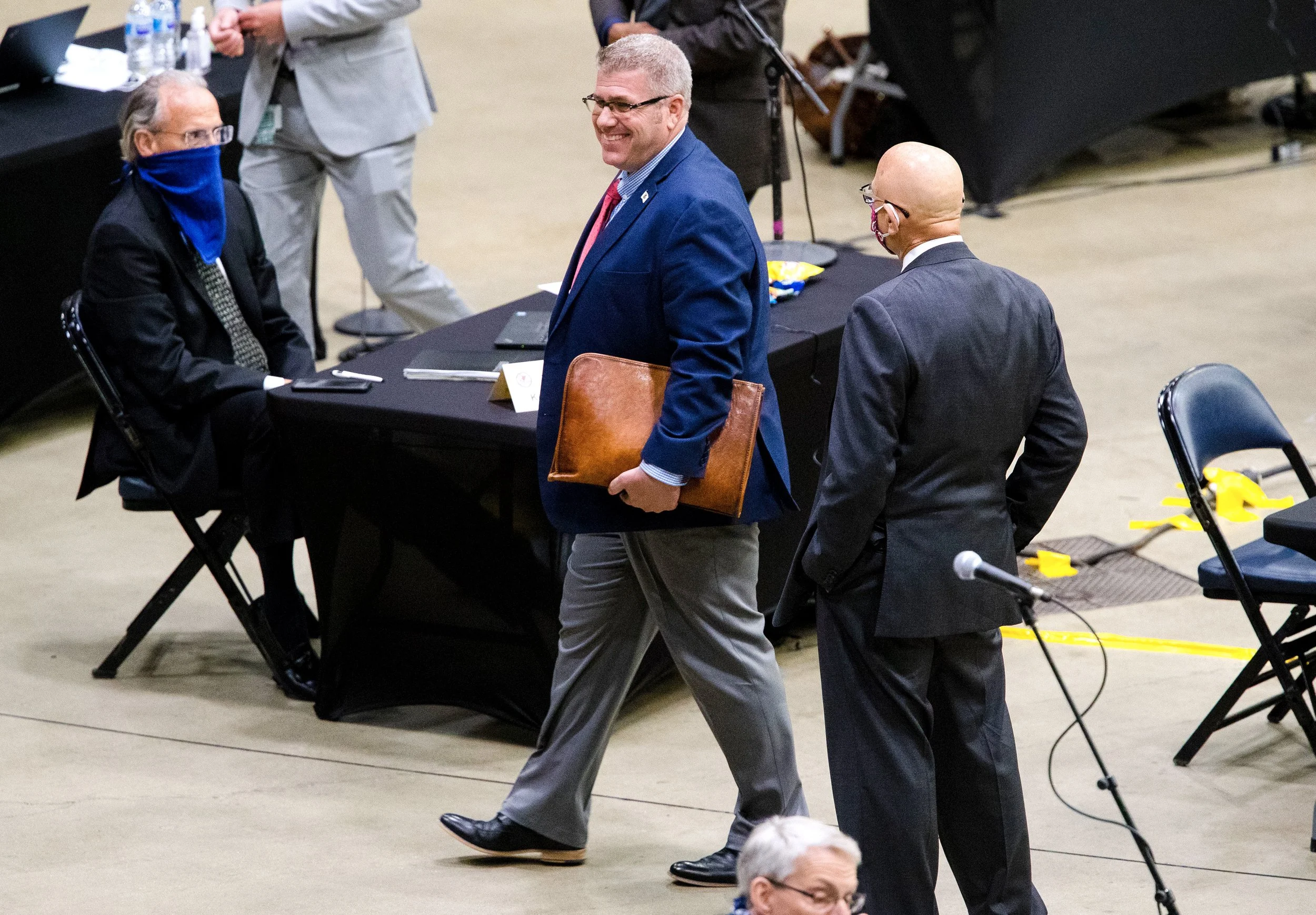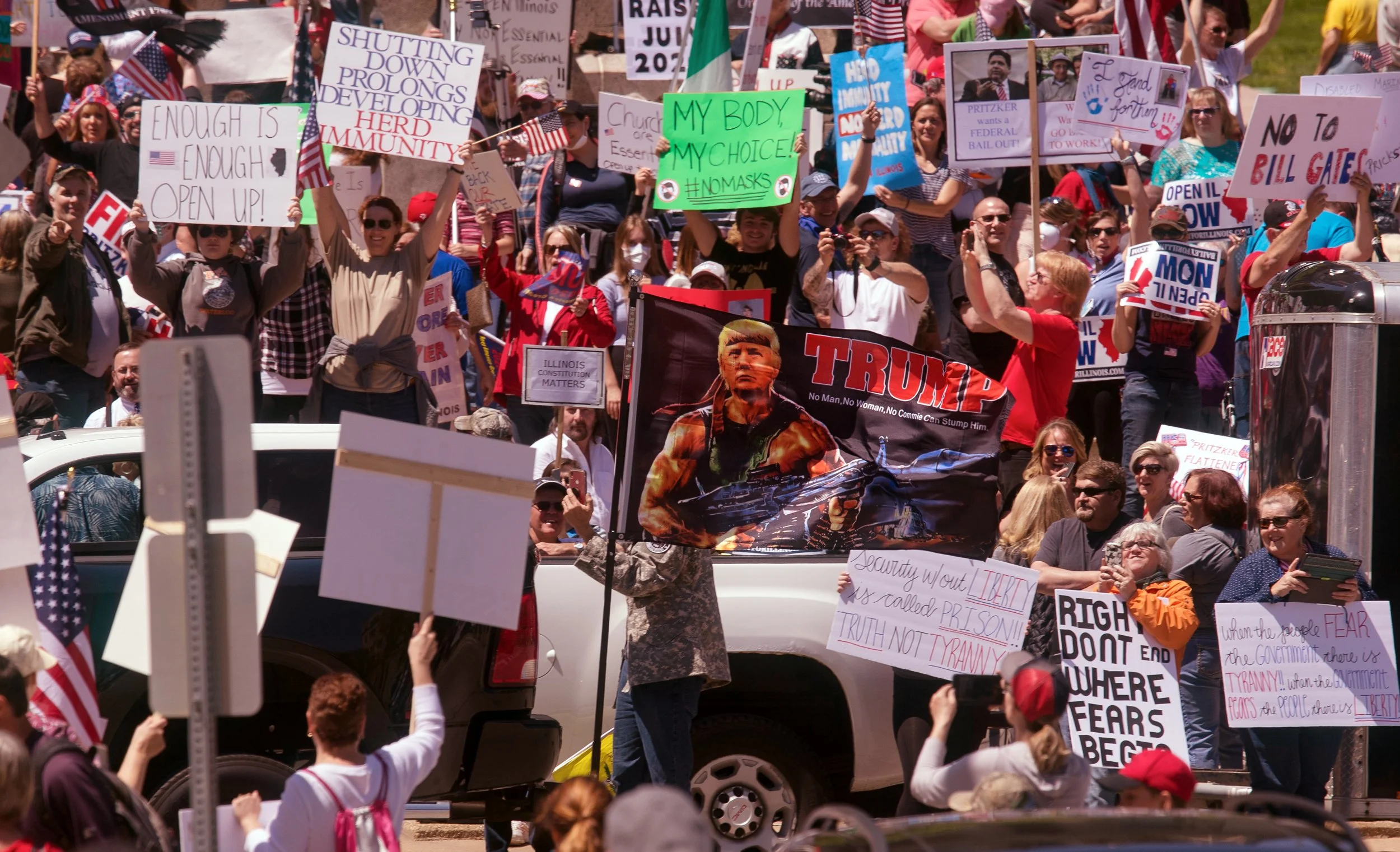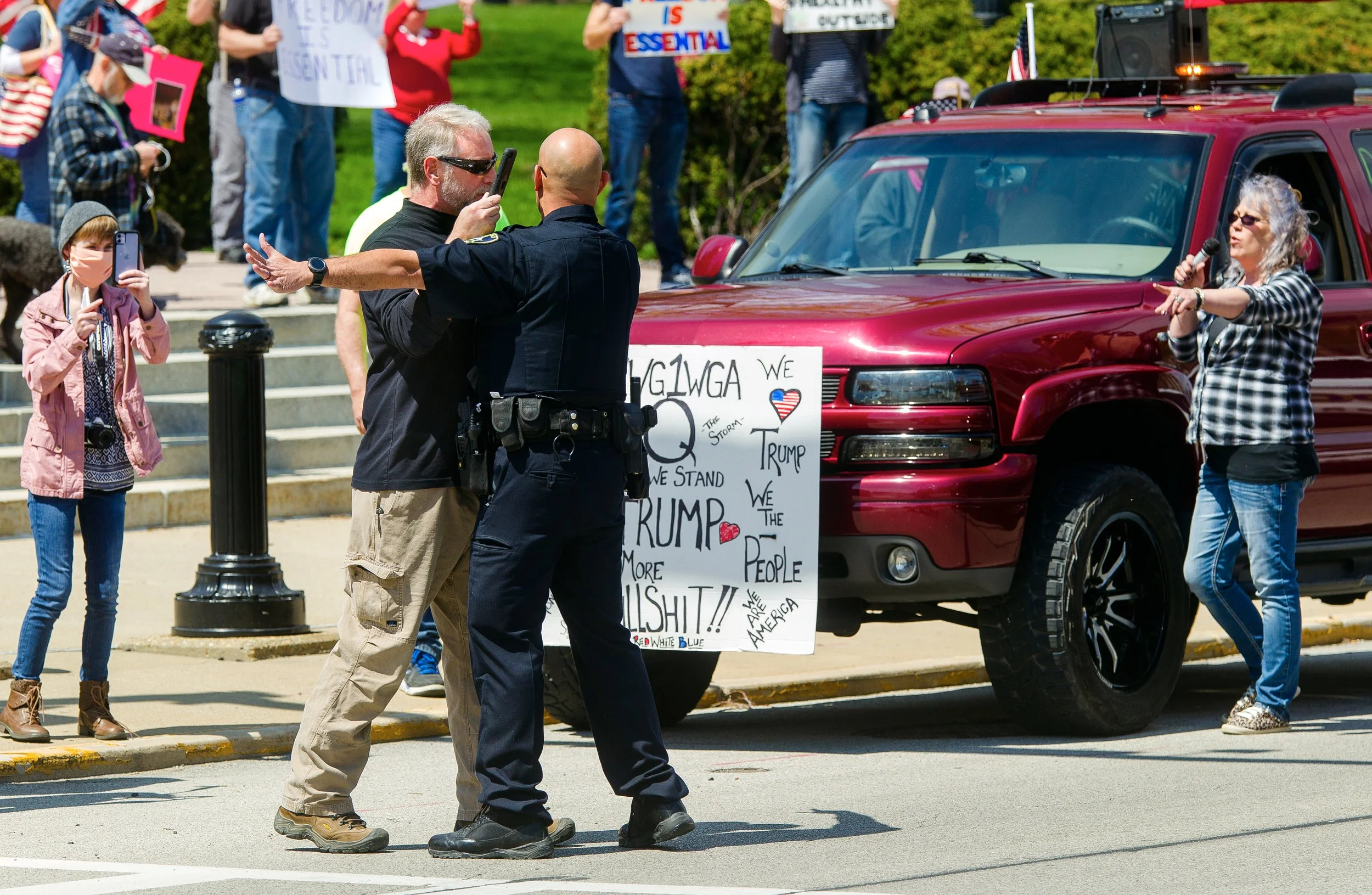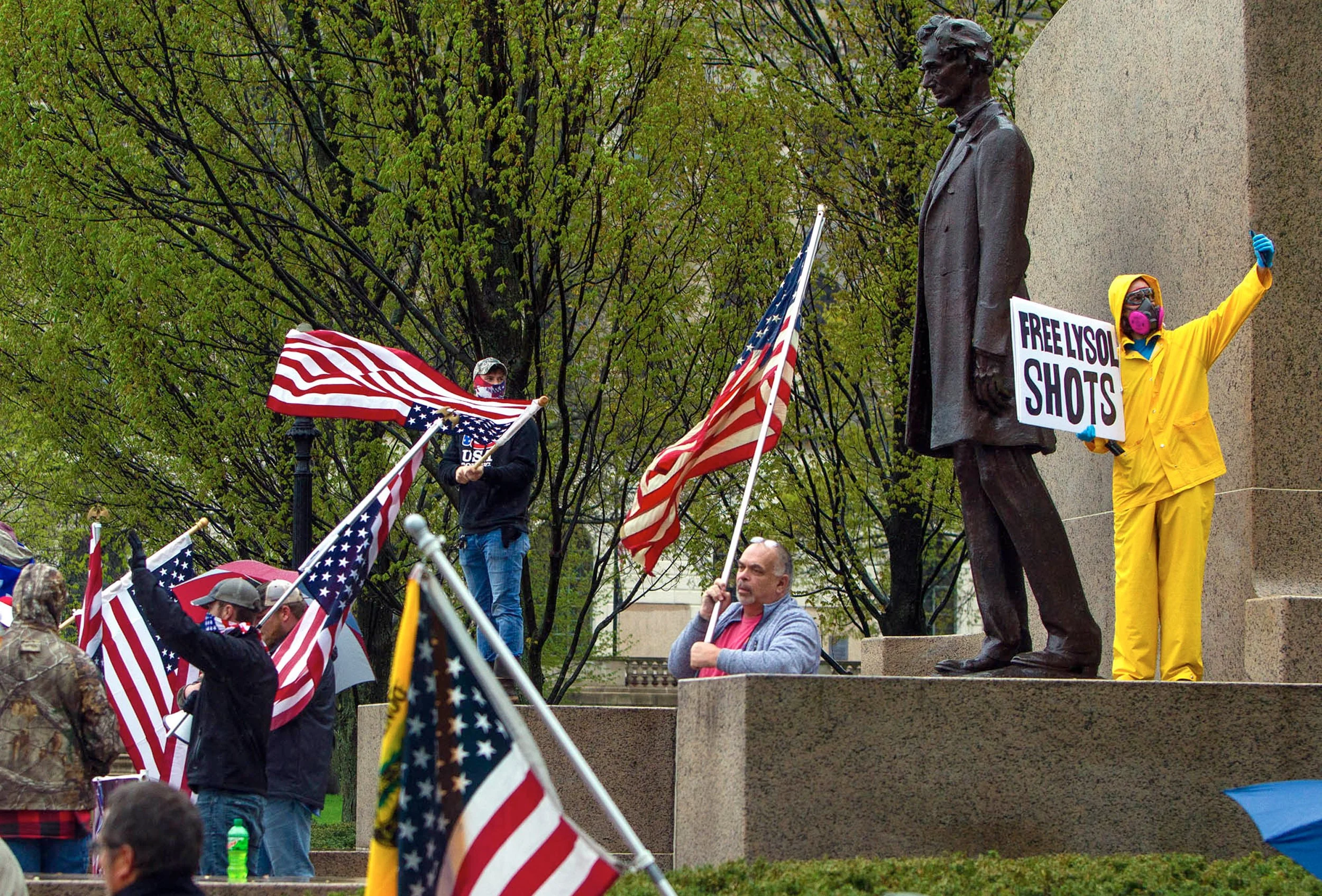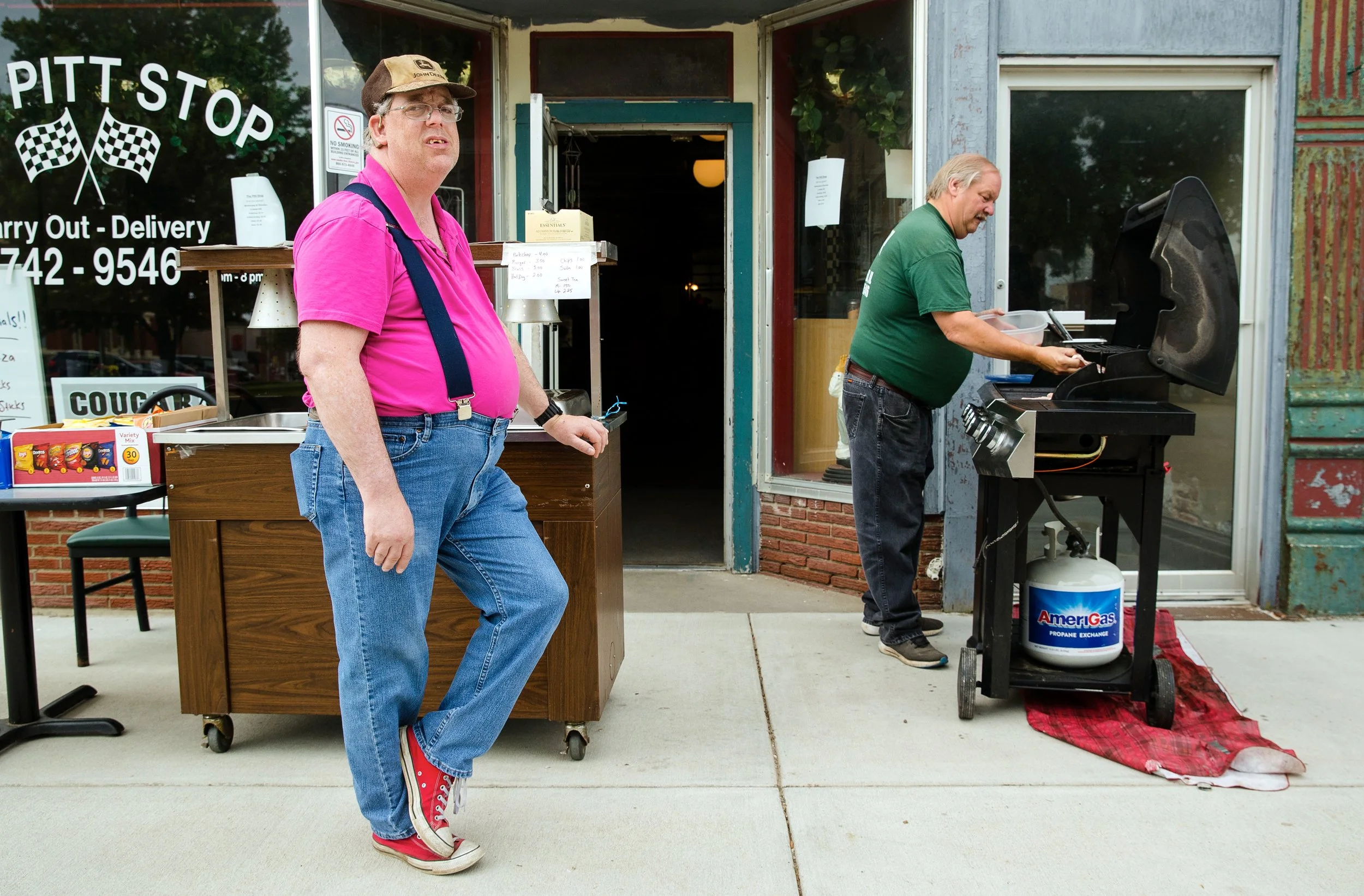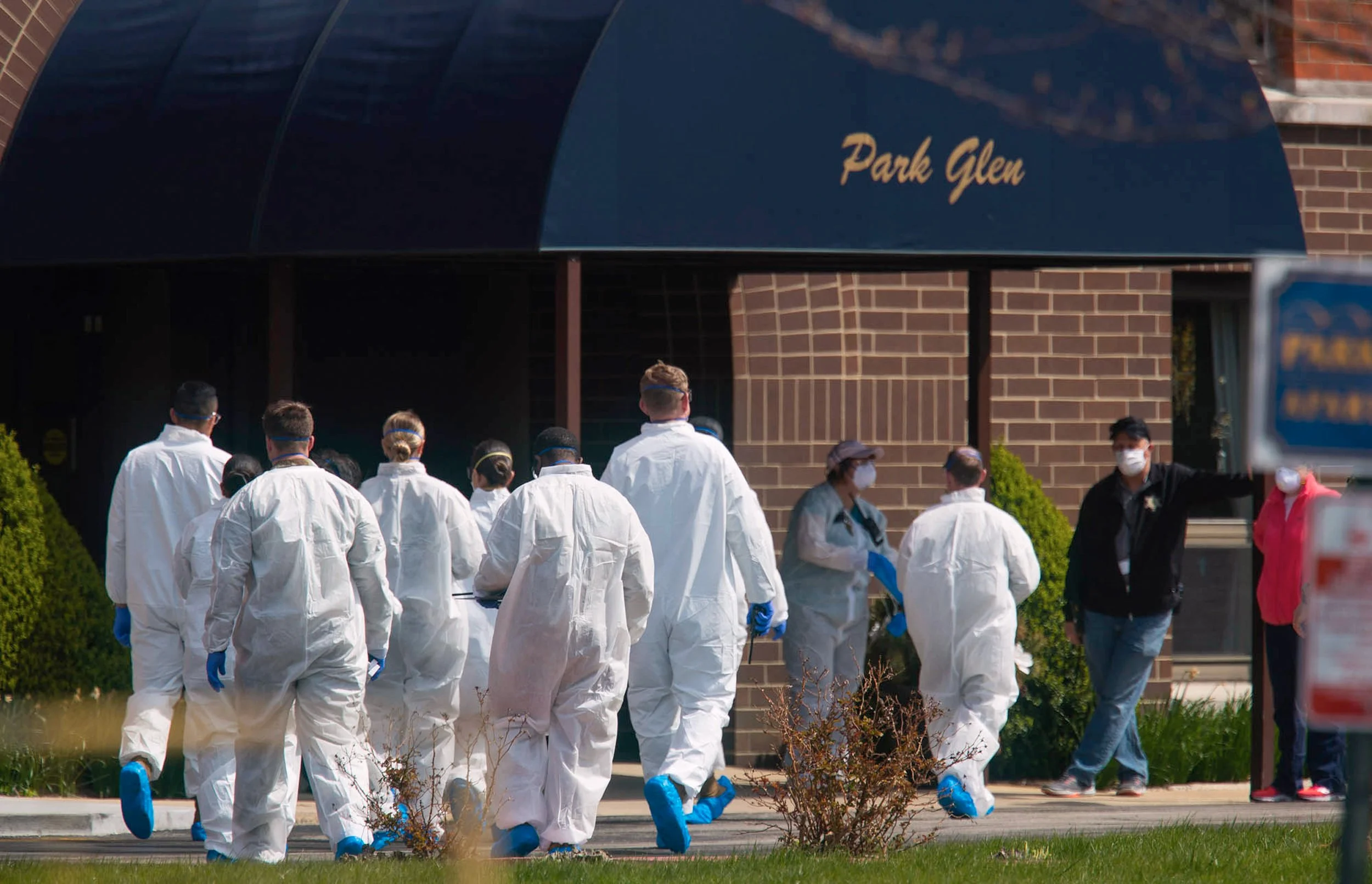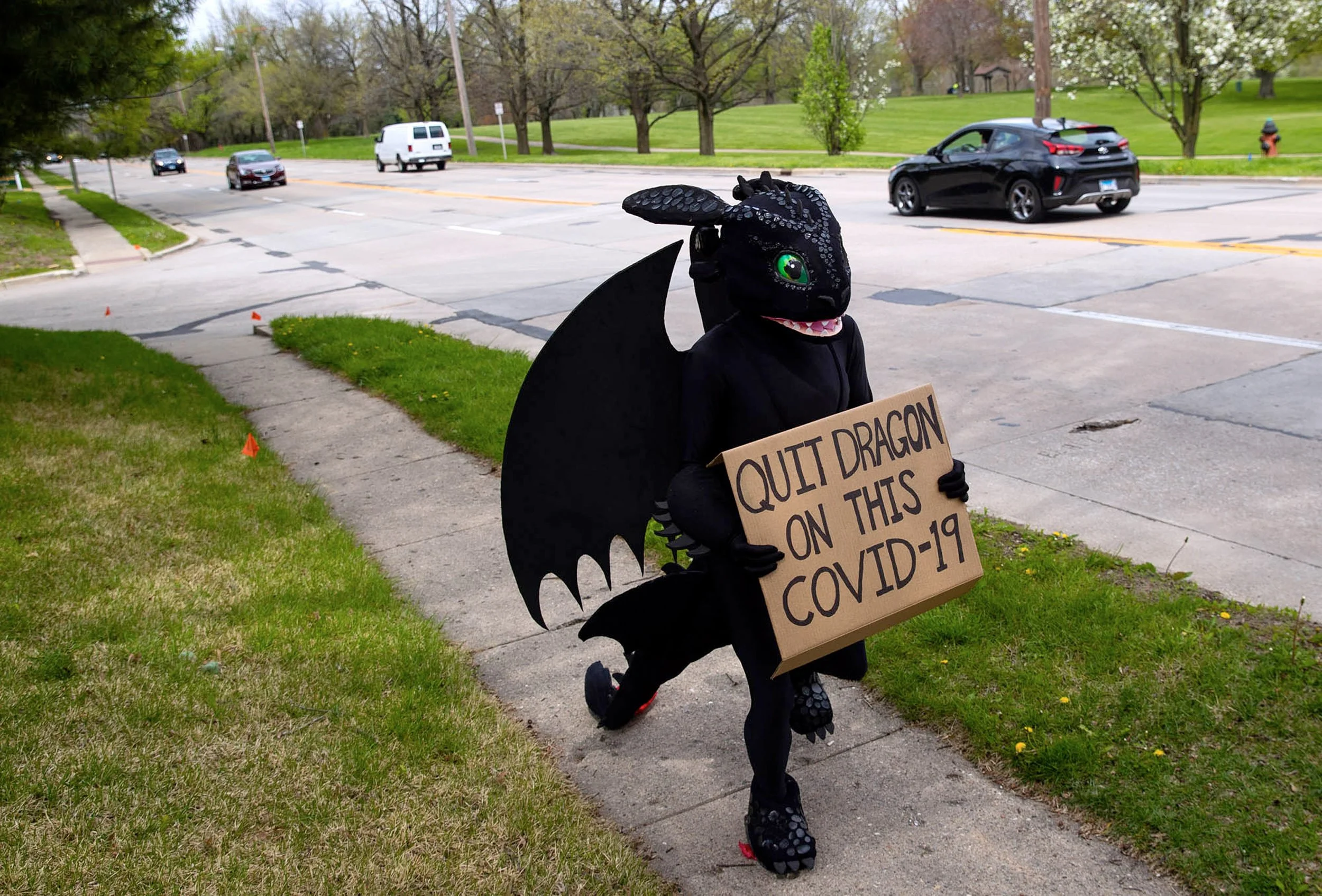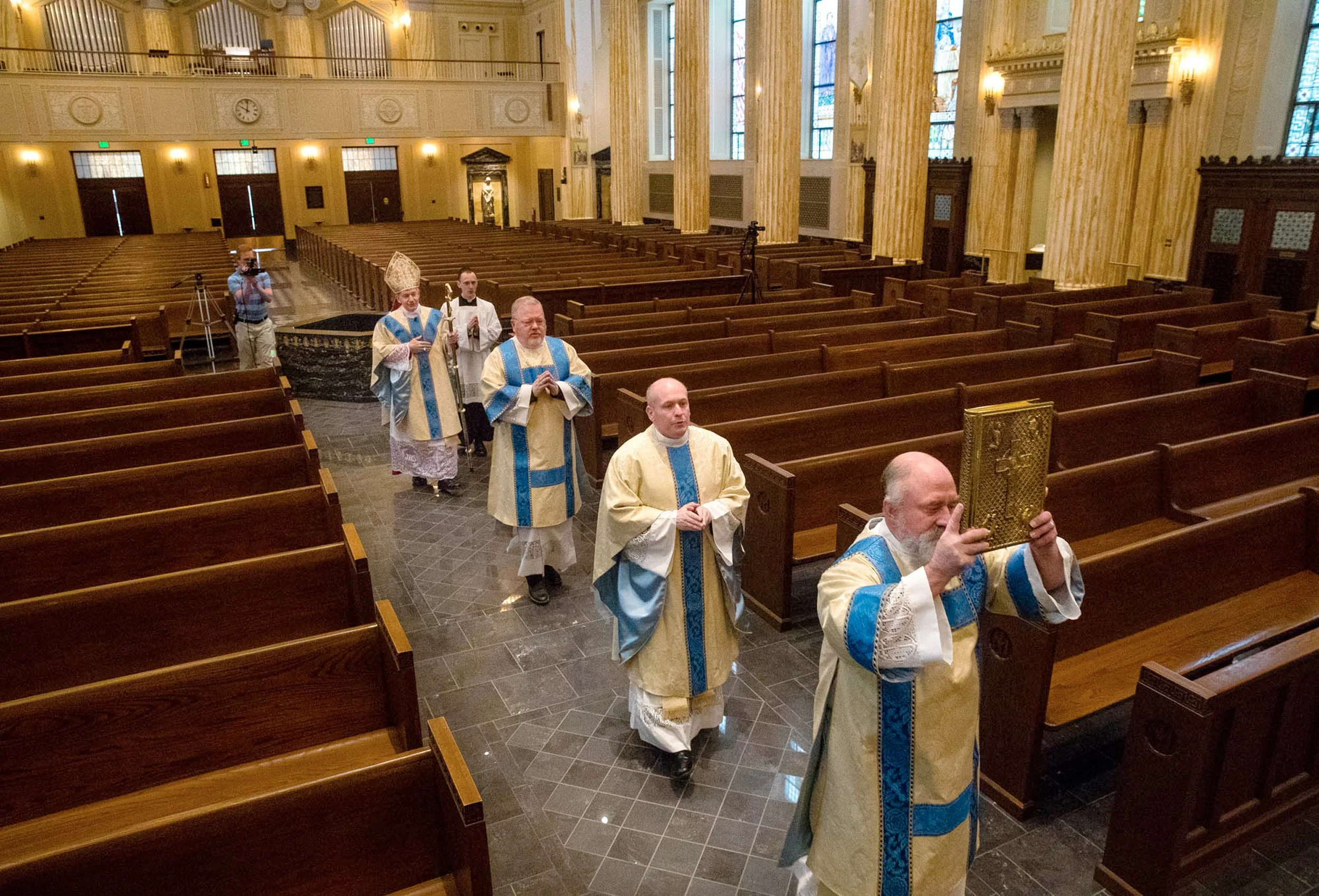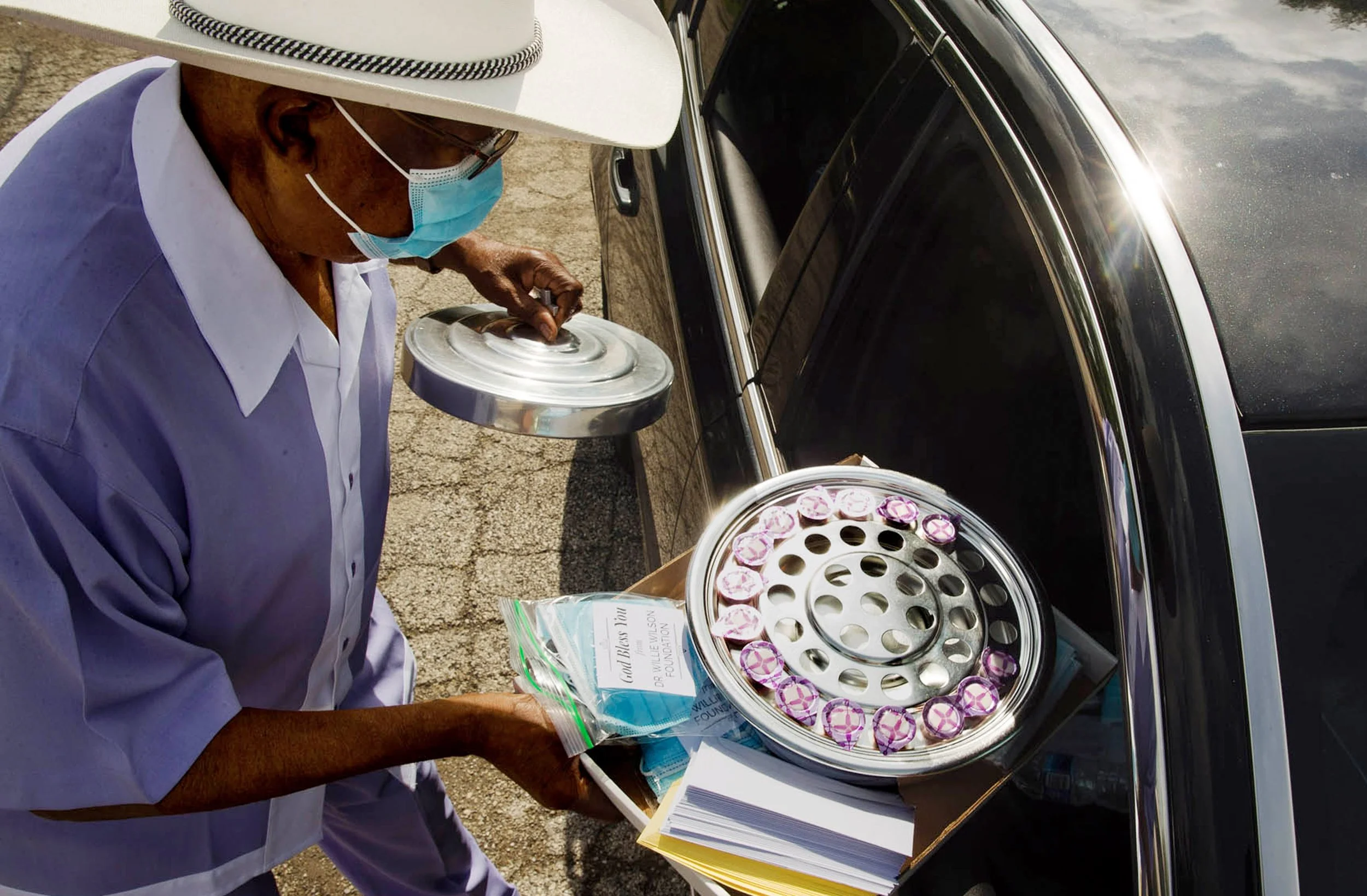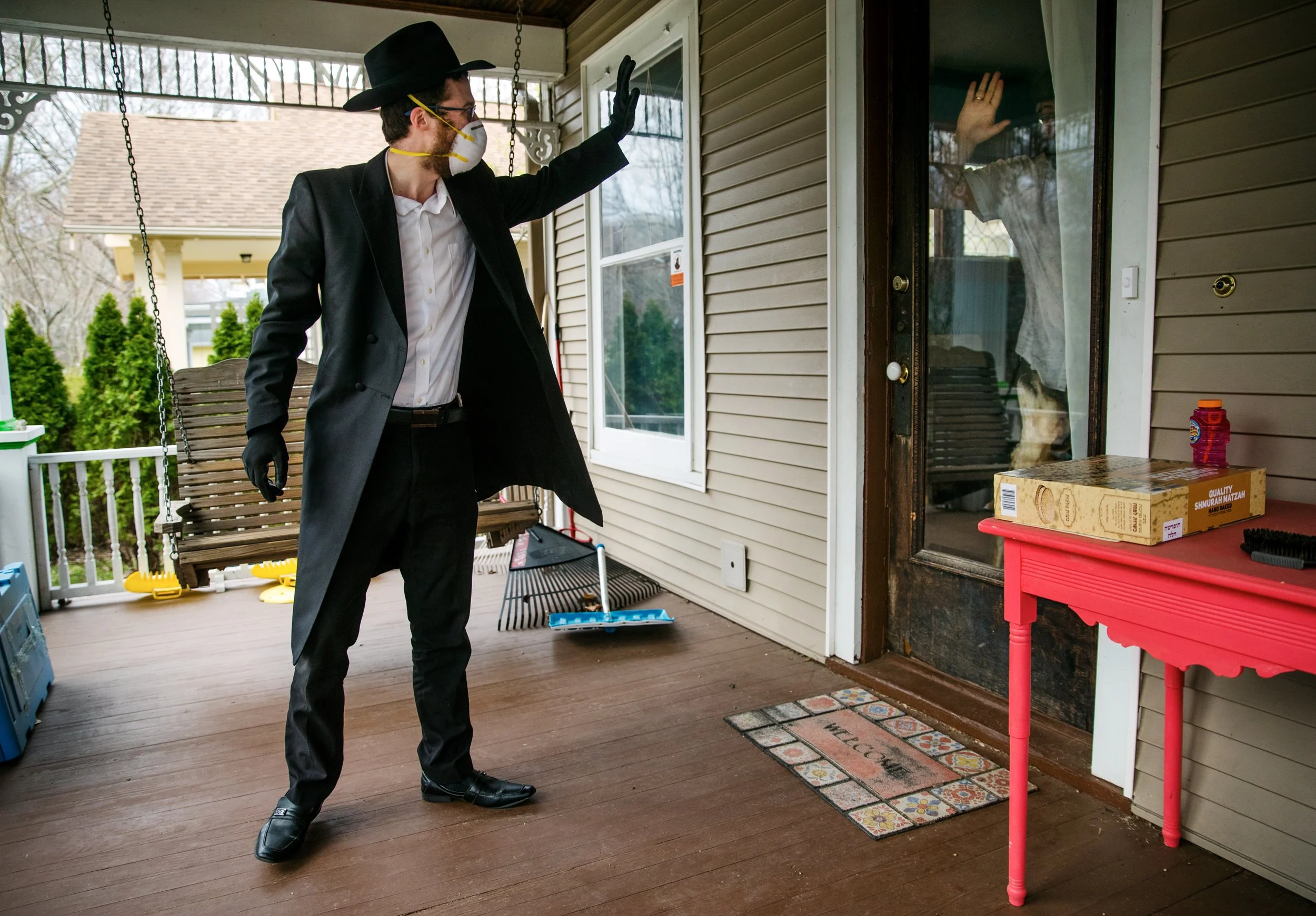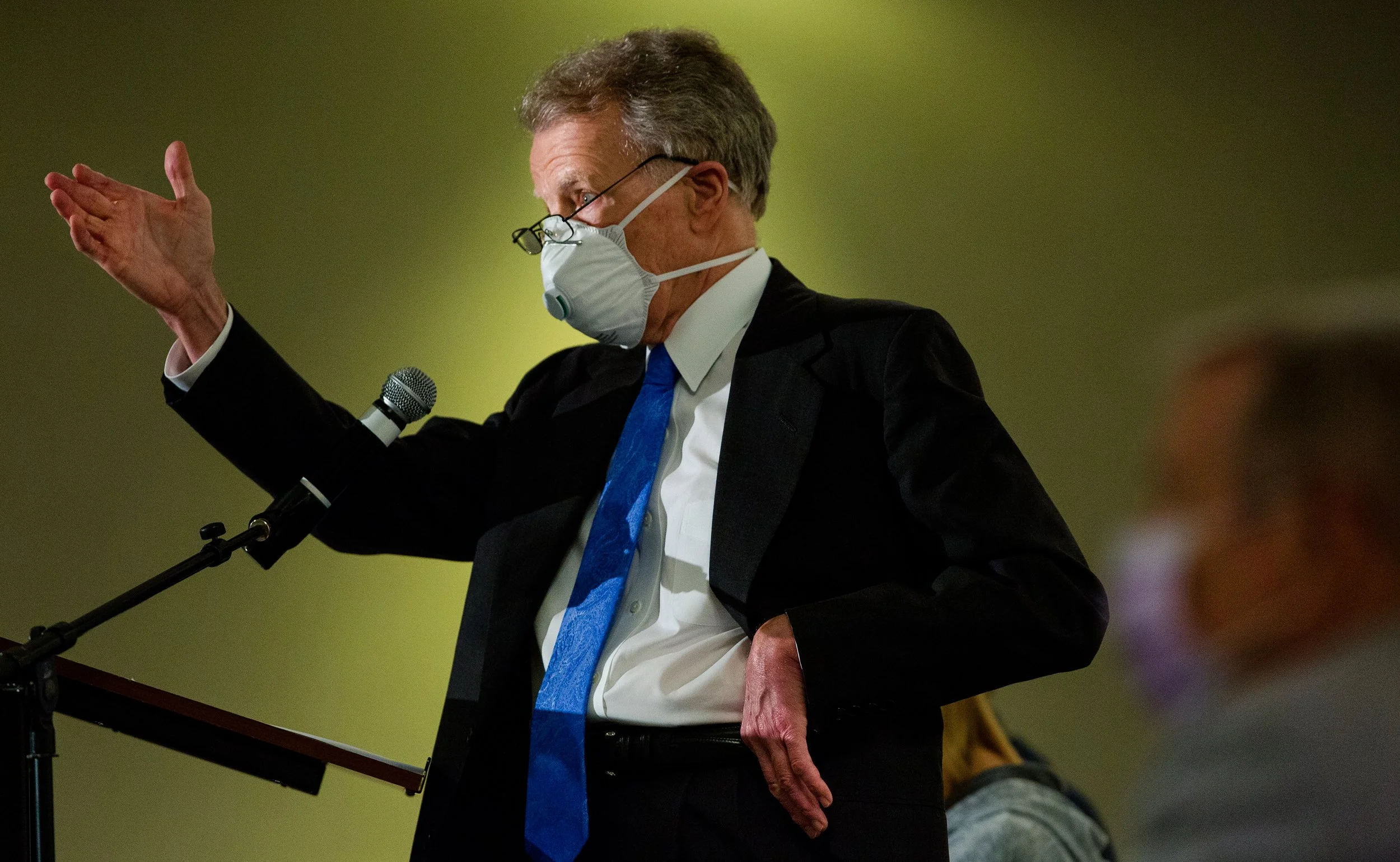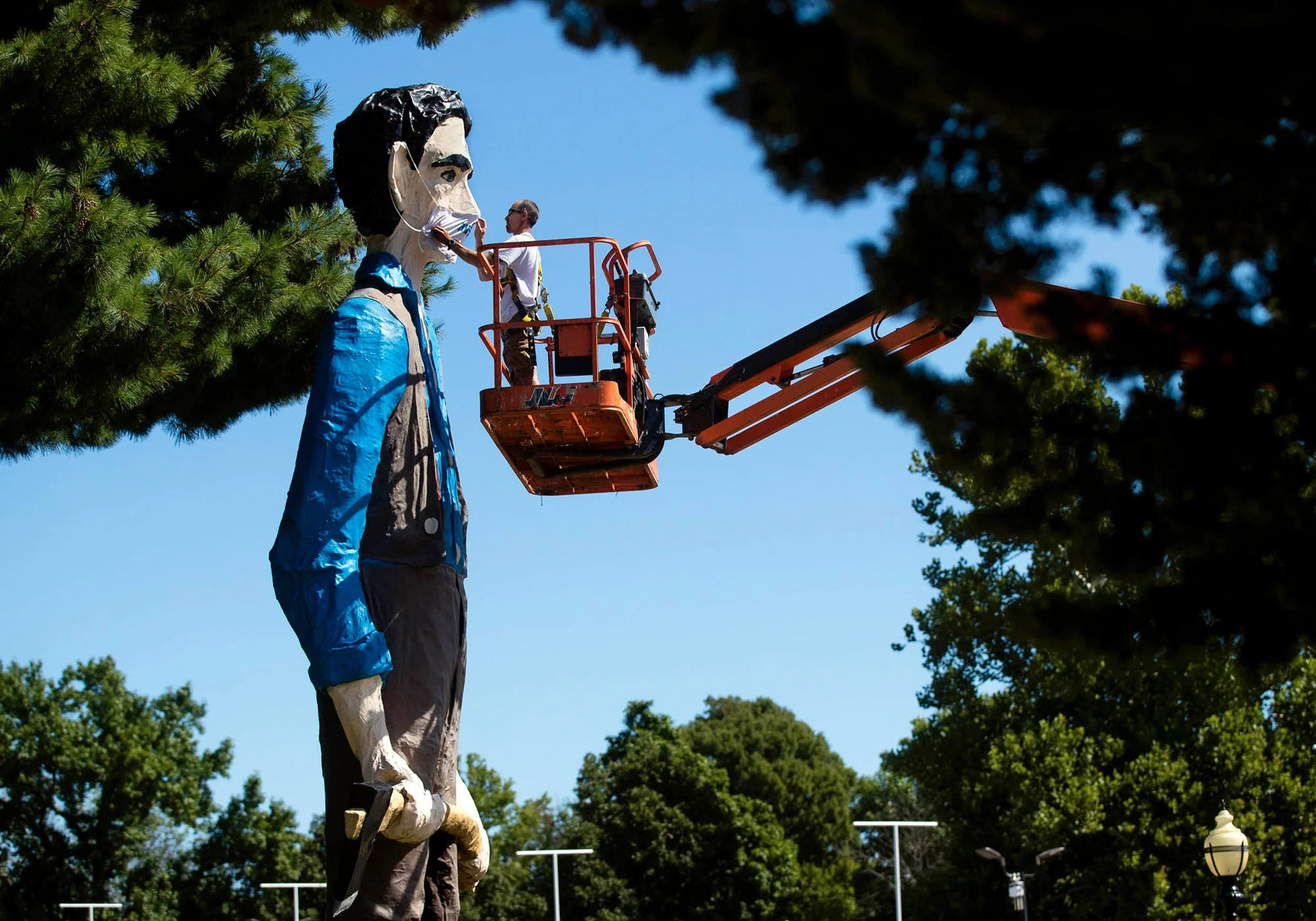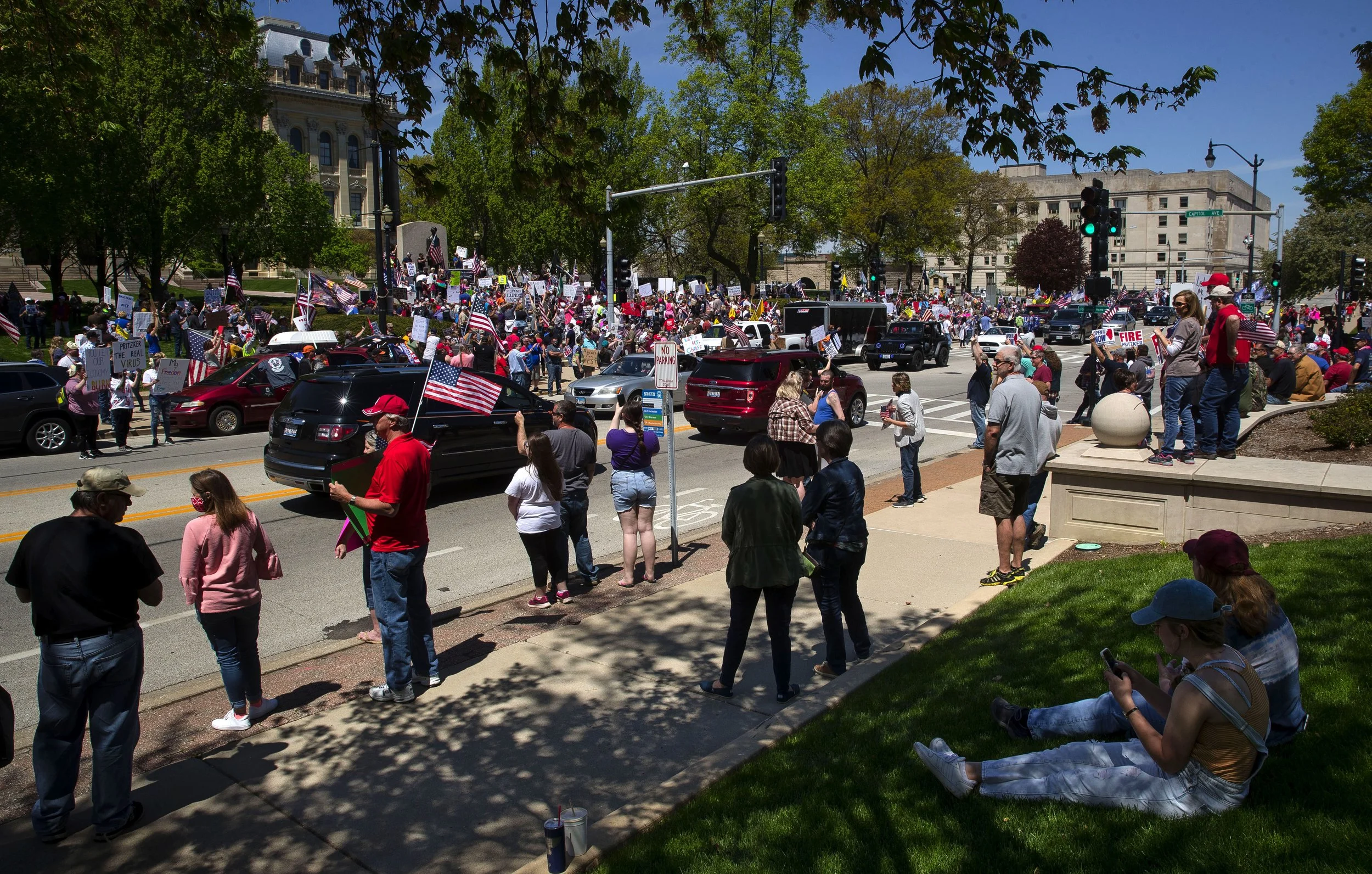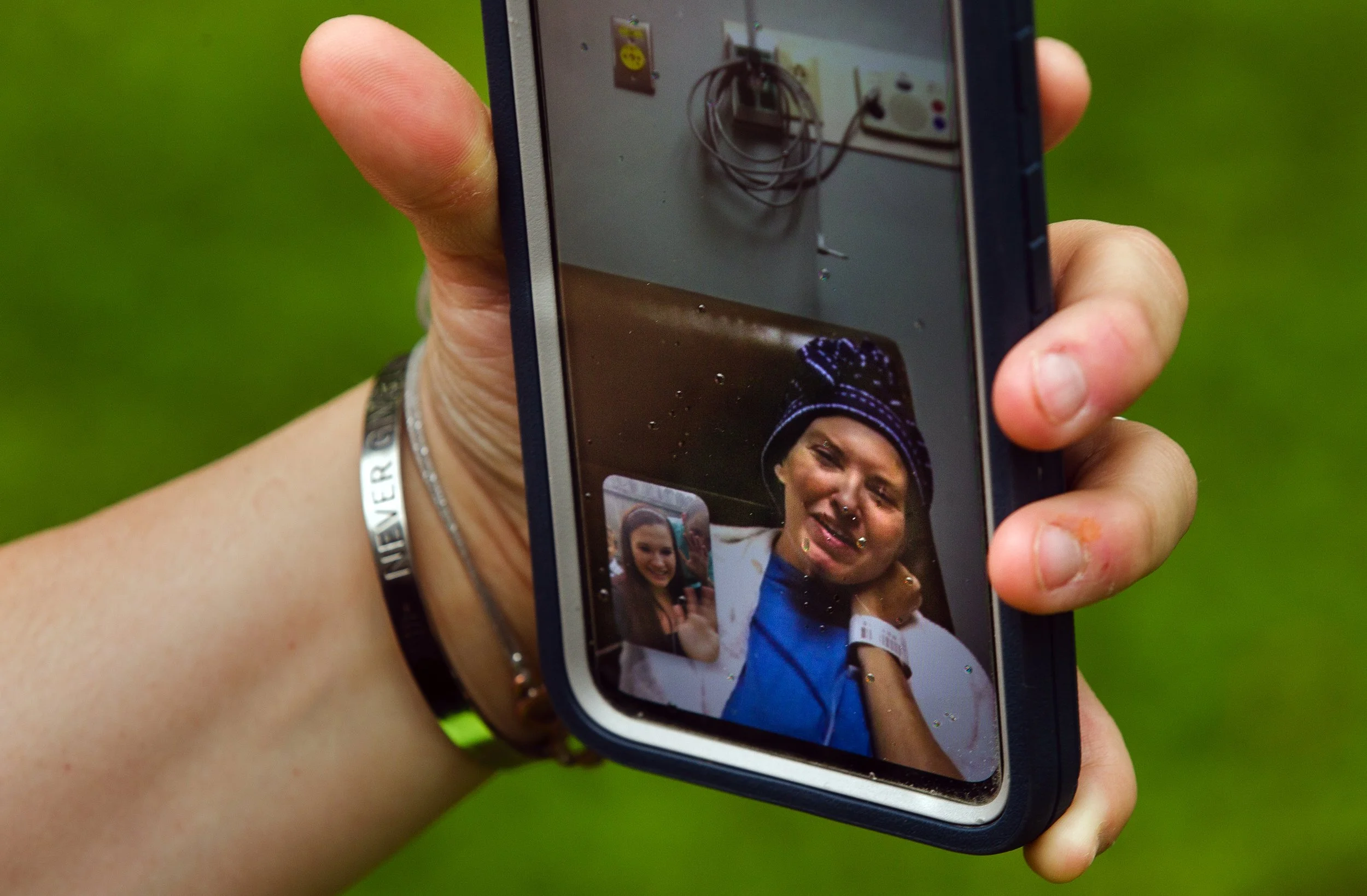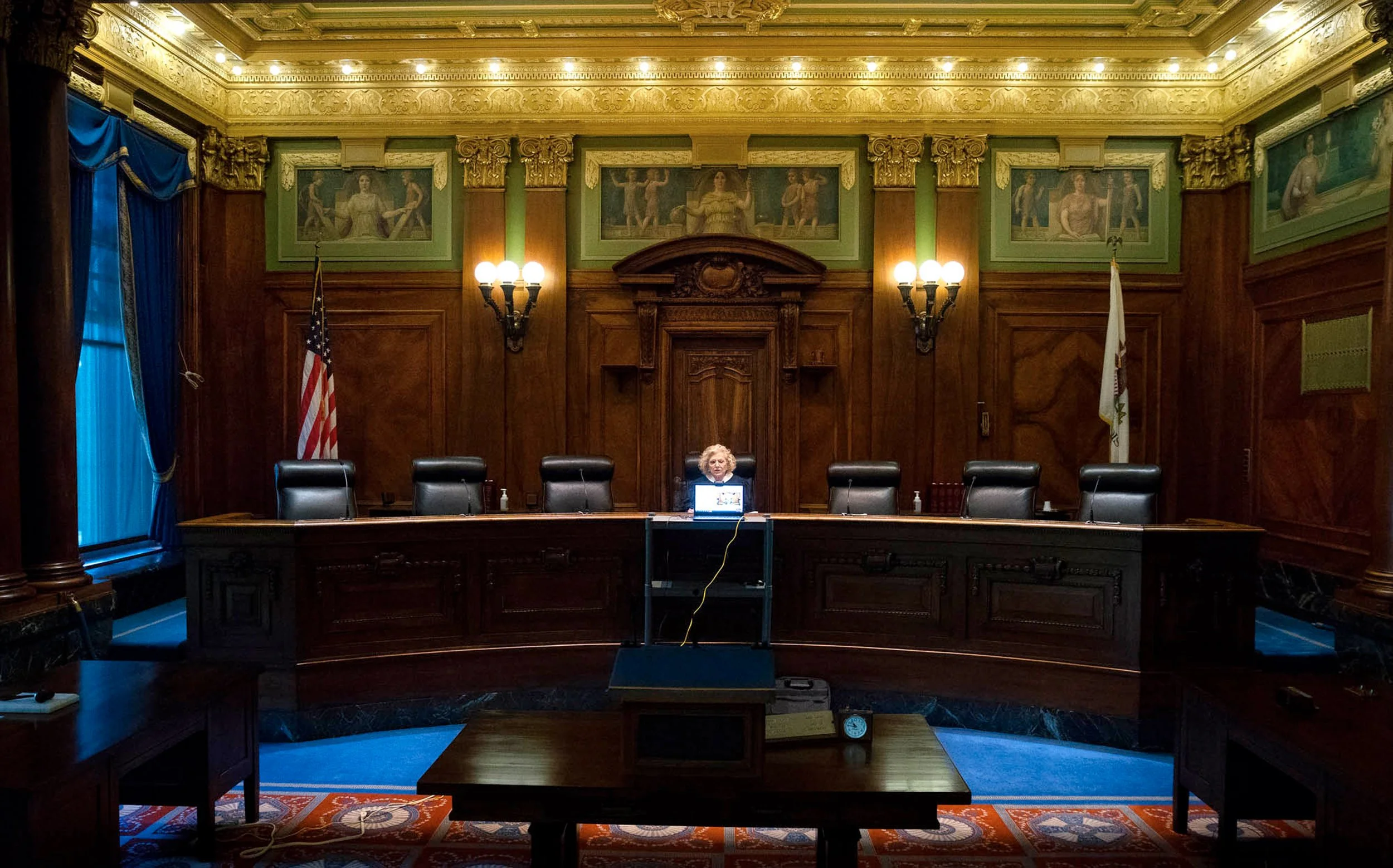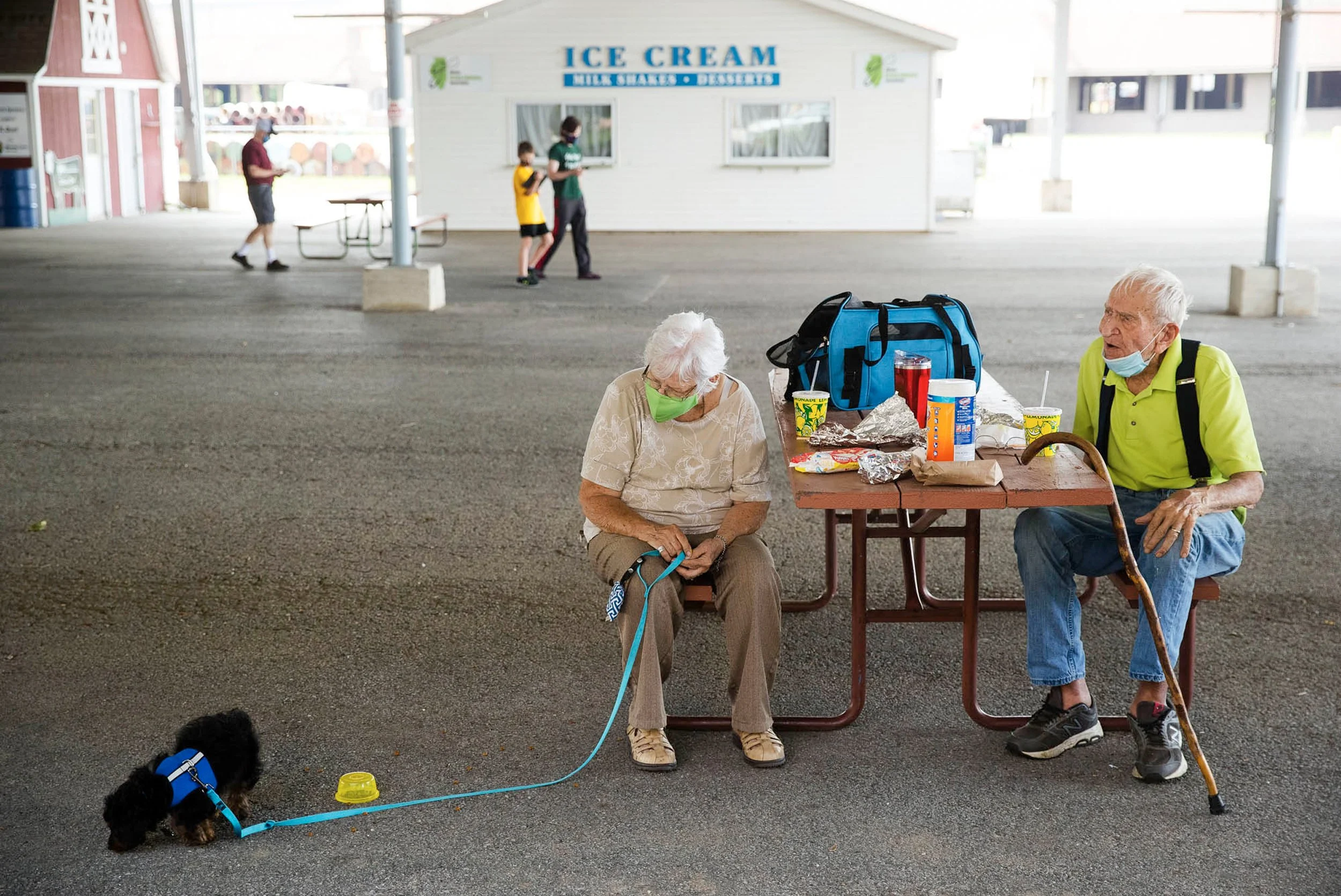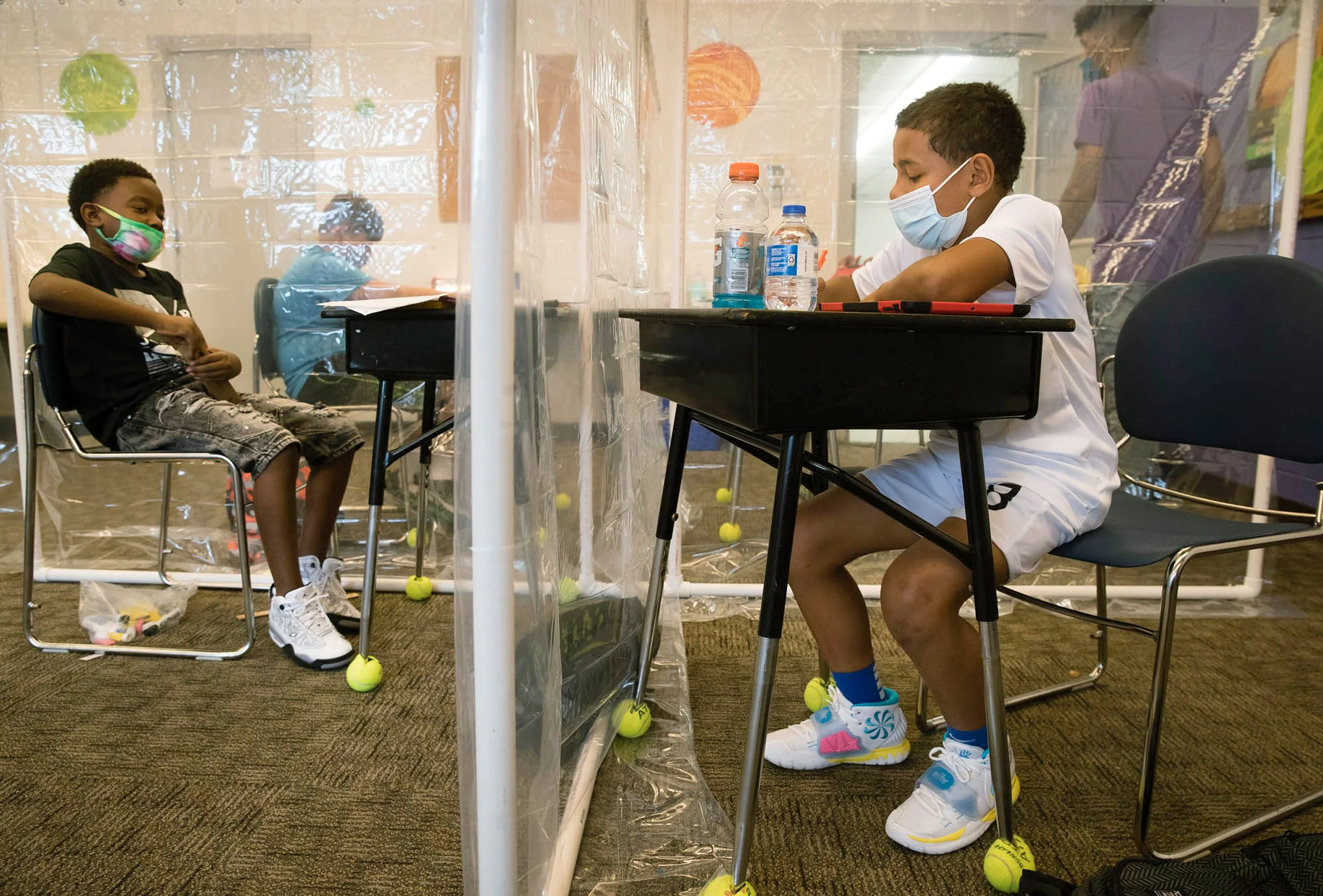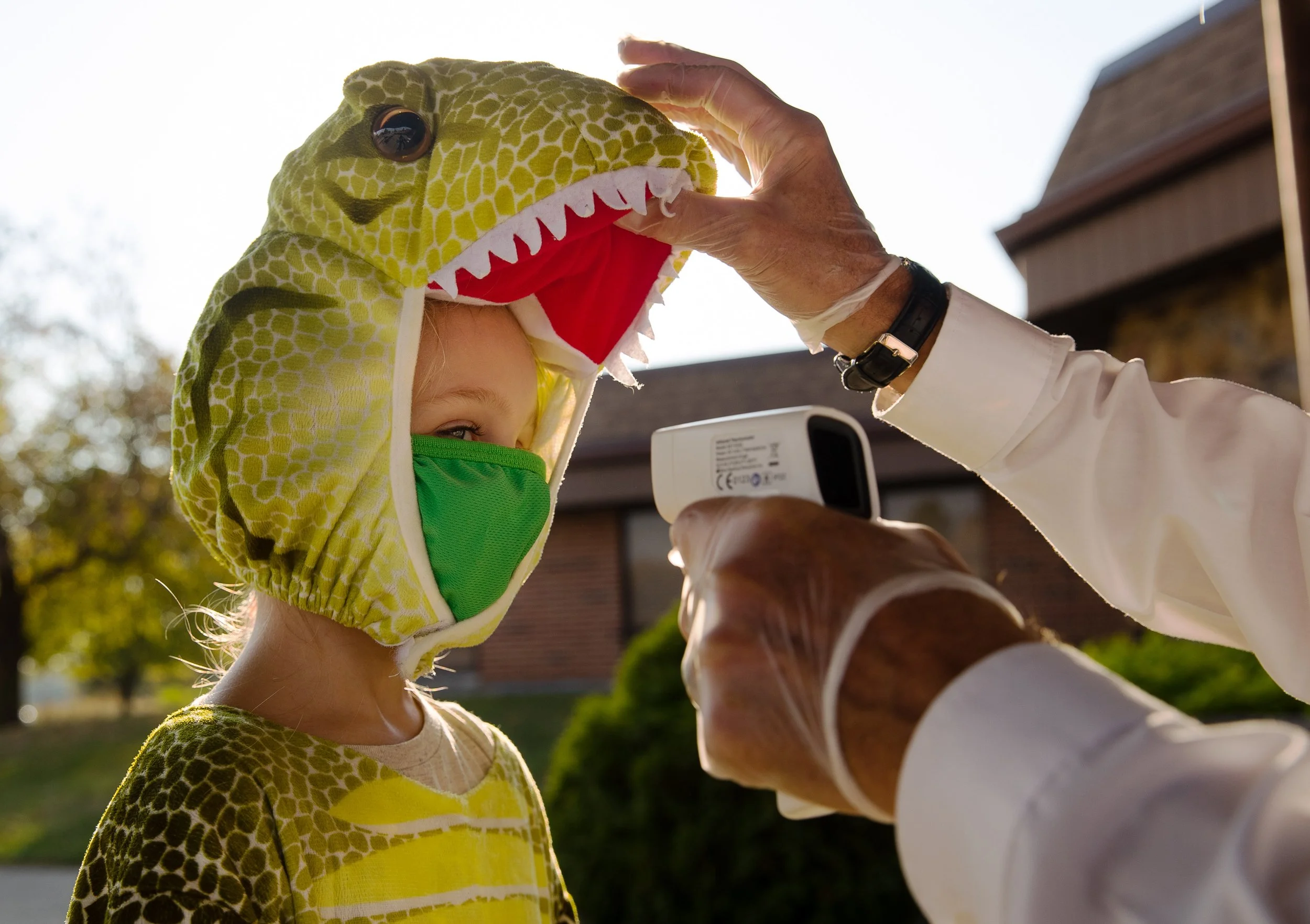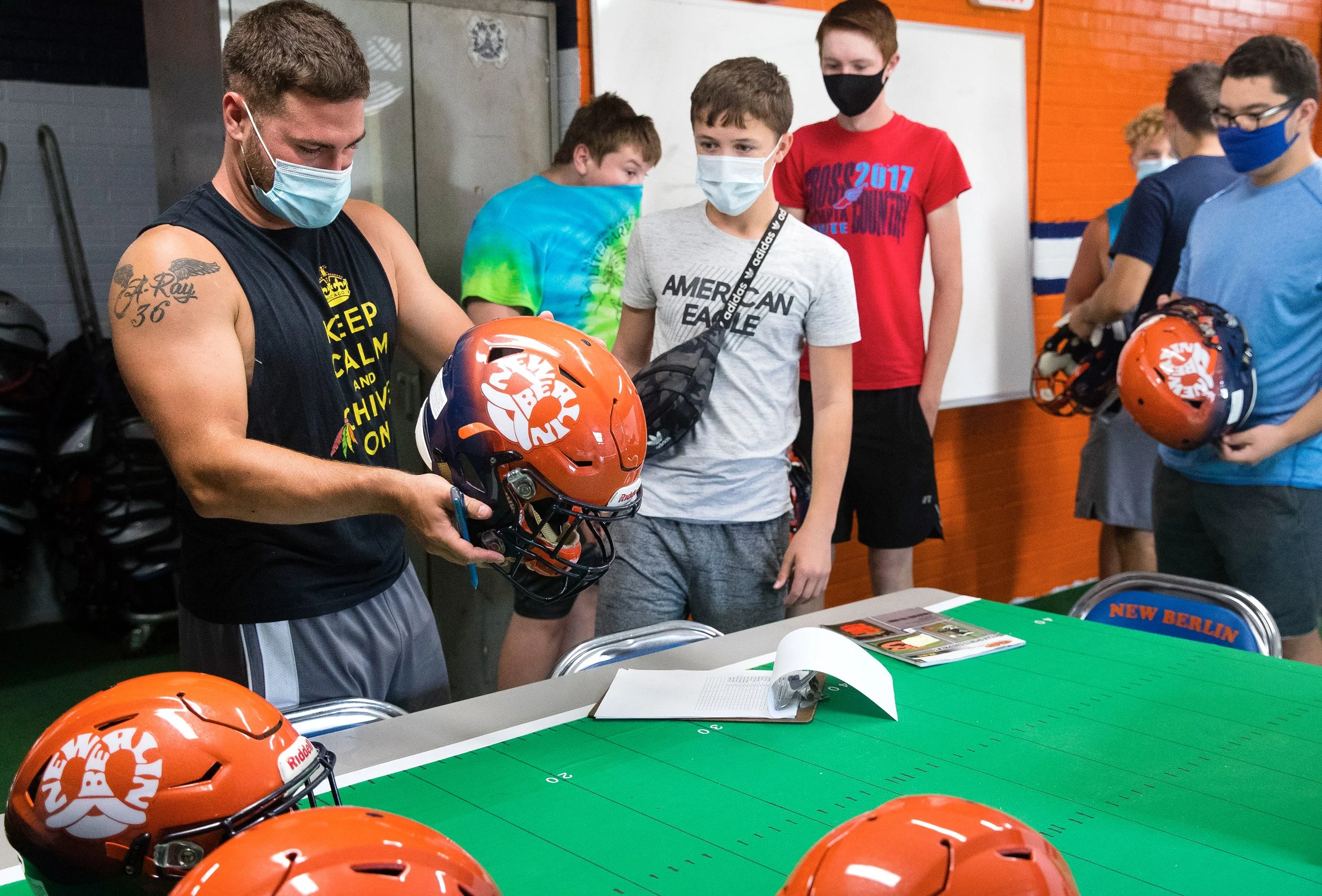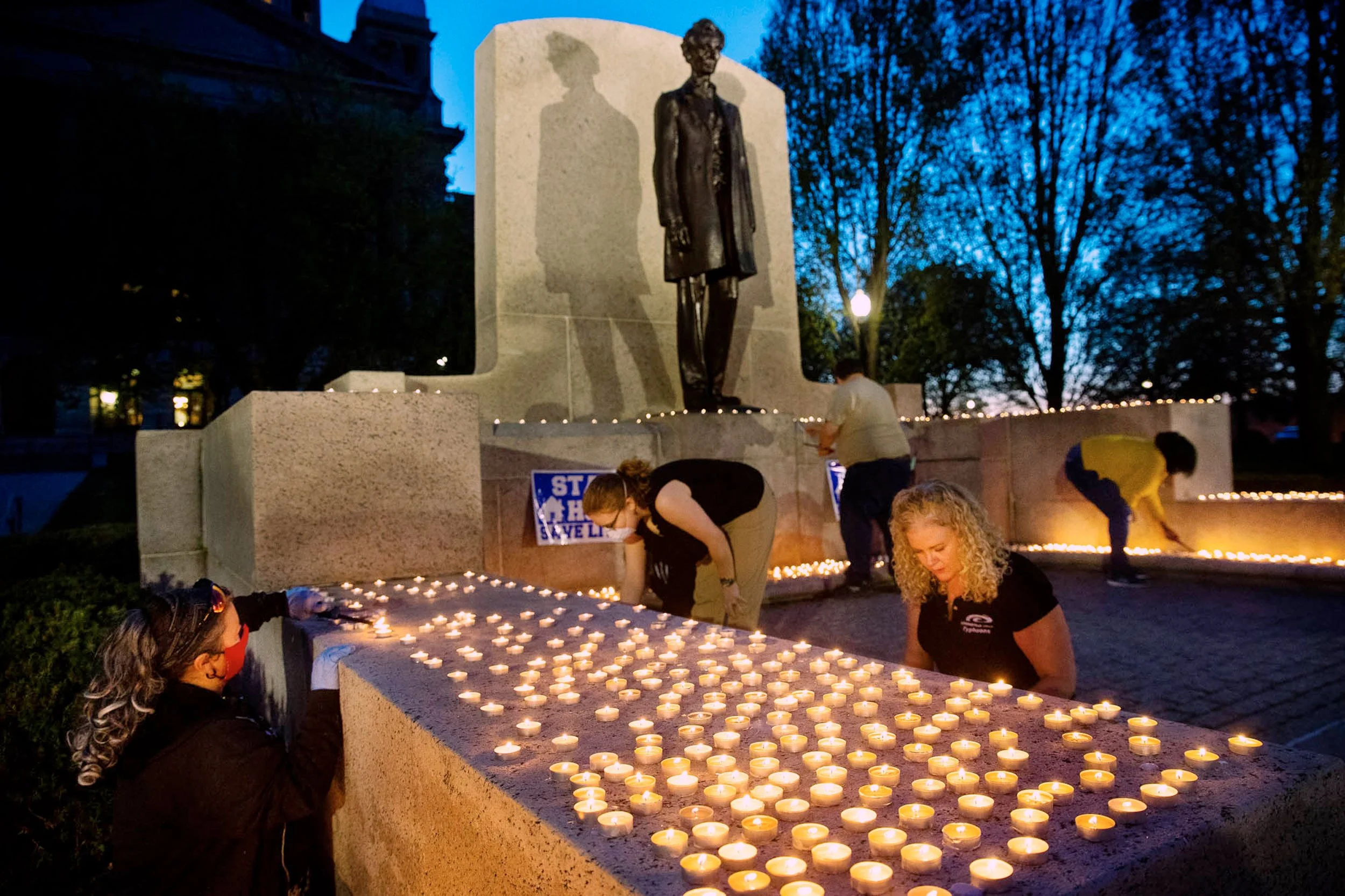The sum of daily news stories is often greater than the parts, especially for ongoing stories. As my colleague at the State Journal-Register, photographer Justin L. Fowler, and I began covering Covid-19 in March 2020, we navigated the unknown with everyone else, unaware of its eventual cultural impact and stubborn staying power.Initially there were more questions than answers. Can I in good conscience ask to be near someone to make photos when the virus’ transmissibility and long-term health effects are still unknown? What risks should subjects assume for our stories? What risks should we assume? Should cameras be disinfected between assignments? How do you keep your mask from fogging up your viewfinder? How do you publish a newspaper while working from home?We muddled through and our collective coverage illustrates the covid experience more fully than a single photo could. The photos below are my contribution to the broader effort we made documenting the pandemic’s early stages. These photos, and my time at the paper, ended in December 2020.By the time Illinois Gov. JB Pritzker began daily press briefings about the growing Covid-19 pandemic, the public was becoming more familiar with the arsenal of medical defenses that would become an increasingly important part of their lives: face masks, hand sanitizer, nasal swabs, drive-through testing, quarantine and social distancing.
As institutions and businesses closed their doors or limited service in an effort to slow the virus’ spread, people adapted.
In-person appearances at the windows of homes or quarantined facilities augmented telephone calls. School buses became food delivery vehicles, ensuring students stuck at home would get a meal. Seeing steep declines in customer traffic, some restaurateurs prepared meals for idled food service workers instead of customers. Some bars used the down time for deep cleaning or kept limitted hours.
Many families had quality time to spare. Friends visited outdoors. Residents in Scott county held out as the last Illinois county to remain covid free until July.
Between federal mandates and Gov. Pritzker’s emergency orders, state legislators were constrained in their available responses. While protestors outside the front doors clamored against masks and shut-downs, they convened at the local convention center where they were distanced socially and politically. State Rep. Darren Bailey, R-Louisville, was ousted from the session after refusing pleas to wear a mask. He eventually rode the rancorous wave of rage at covid policies to an unsuccessful 2022 gubernatorial bid. Though the vote to remove Bailey was 81-27, most state political leaders modeled mask wearing.
Chronicling the covid era
A diverse range of grievances fueled protests and rallies. Some protested the protestors while others plead their case with solitary campaigns.
Some traditions continued in new, disrupted ways. Religious services were live-streamed from empty sanctuaries or moved outdoors. Some worshiped together at home. Rabbi Mendy Turen delivered matzah to congregants’ homes but admittedly missed the conversation that usually accompanied such visits.
Few areas of life remained untouched by the pandemic. While technology helped people communicate, loved ones still endured hospitalization alone. Ceremonial observances, like the swearing-in of new lawyers to the Illinois bar, occurred virtually from an empty courtroom while other events, like the Illinois State Fair, were cancelled altogether. Temperature checks and plastic barriers greeted students at Halloween events and study sessions while helmets were shelved until athletes were cleared for competition.
The Illinois Department of Public Health has tallied more than 4 million cases and 36,000 Covid-19 deaths since March 10, 2020. Agreement about the virus’ threat, or the best way to balance public health and personal freedom, remains elusive.

